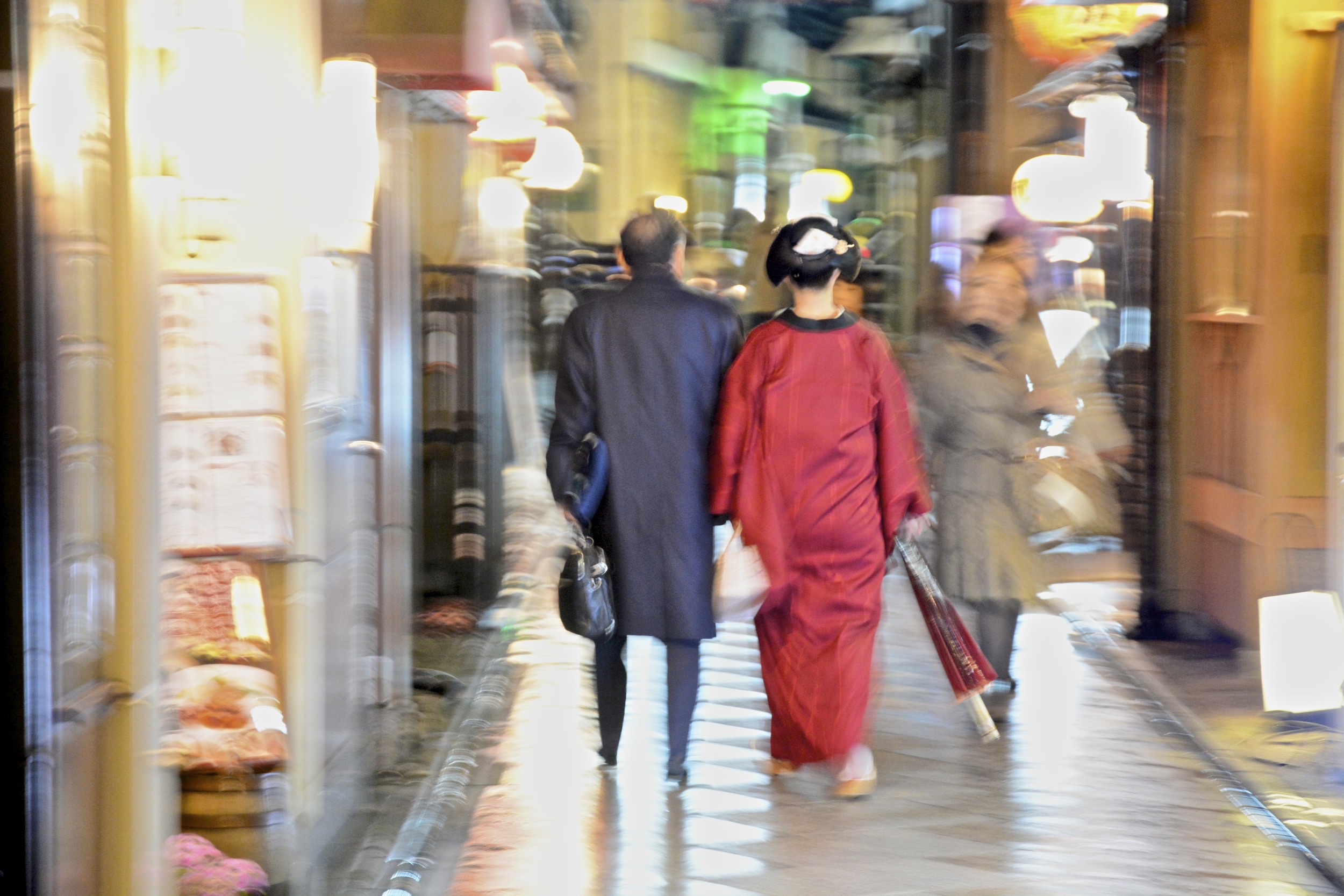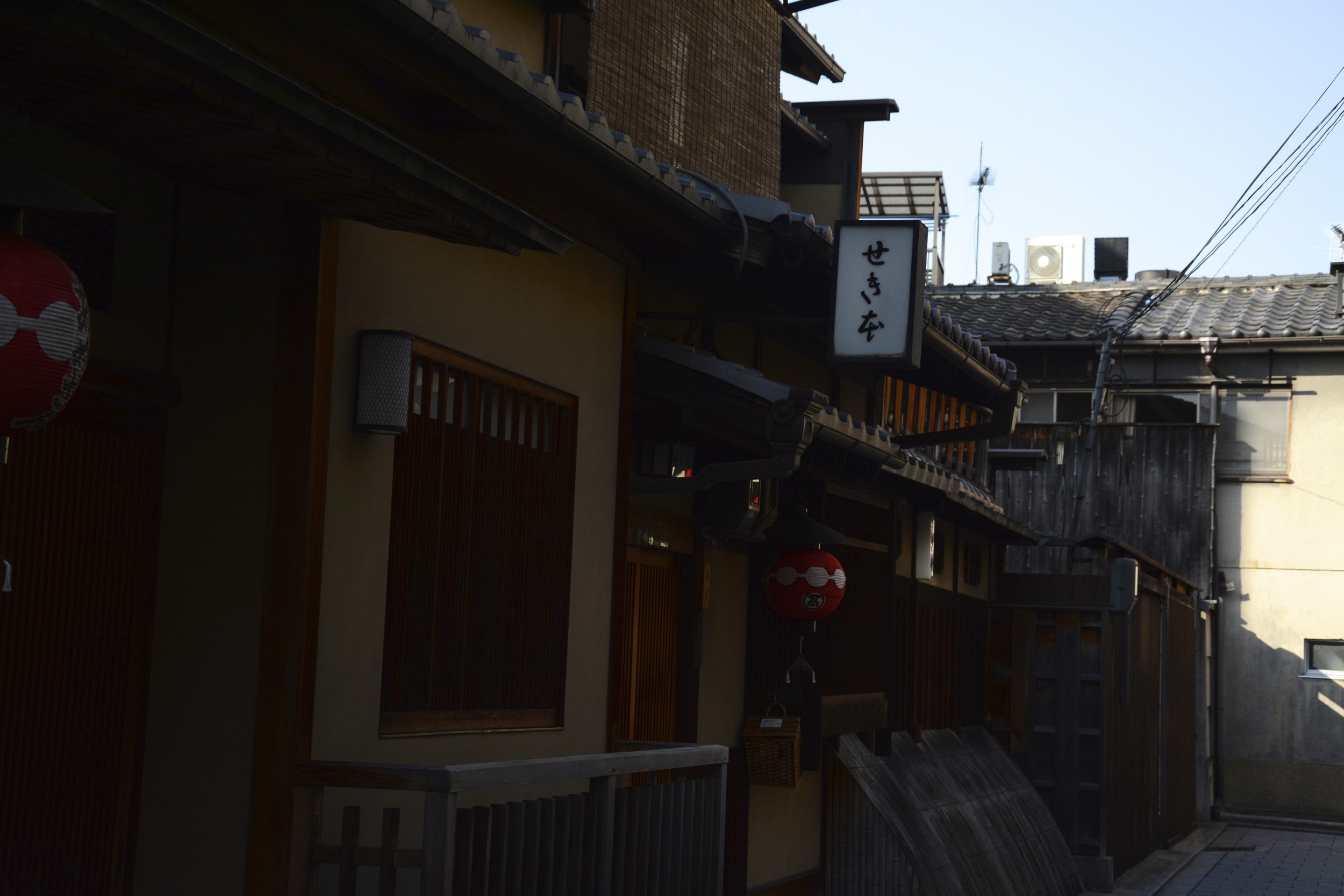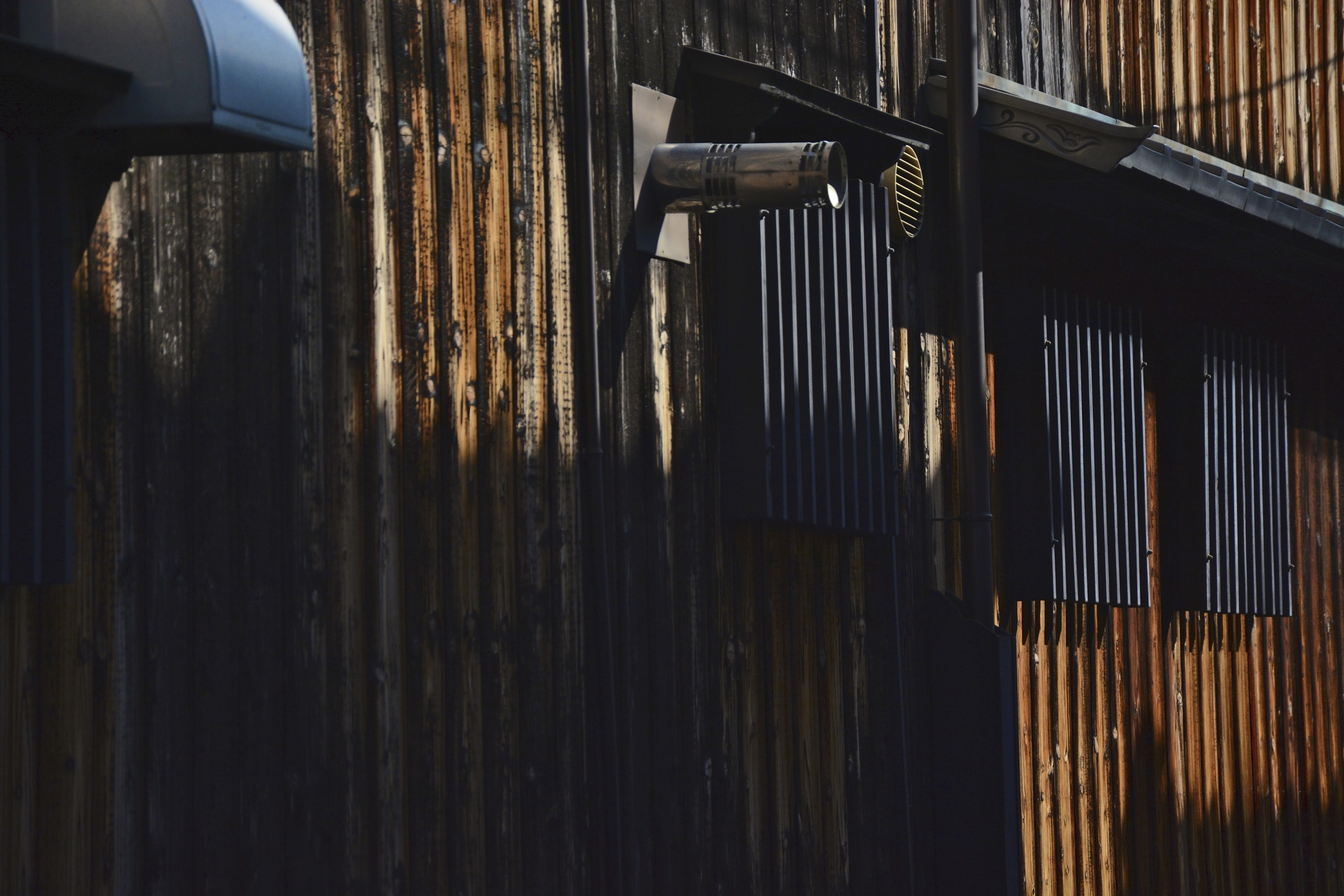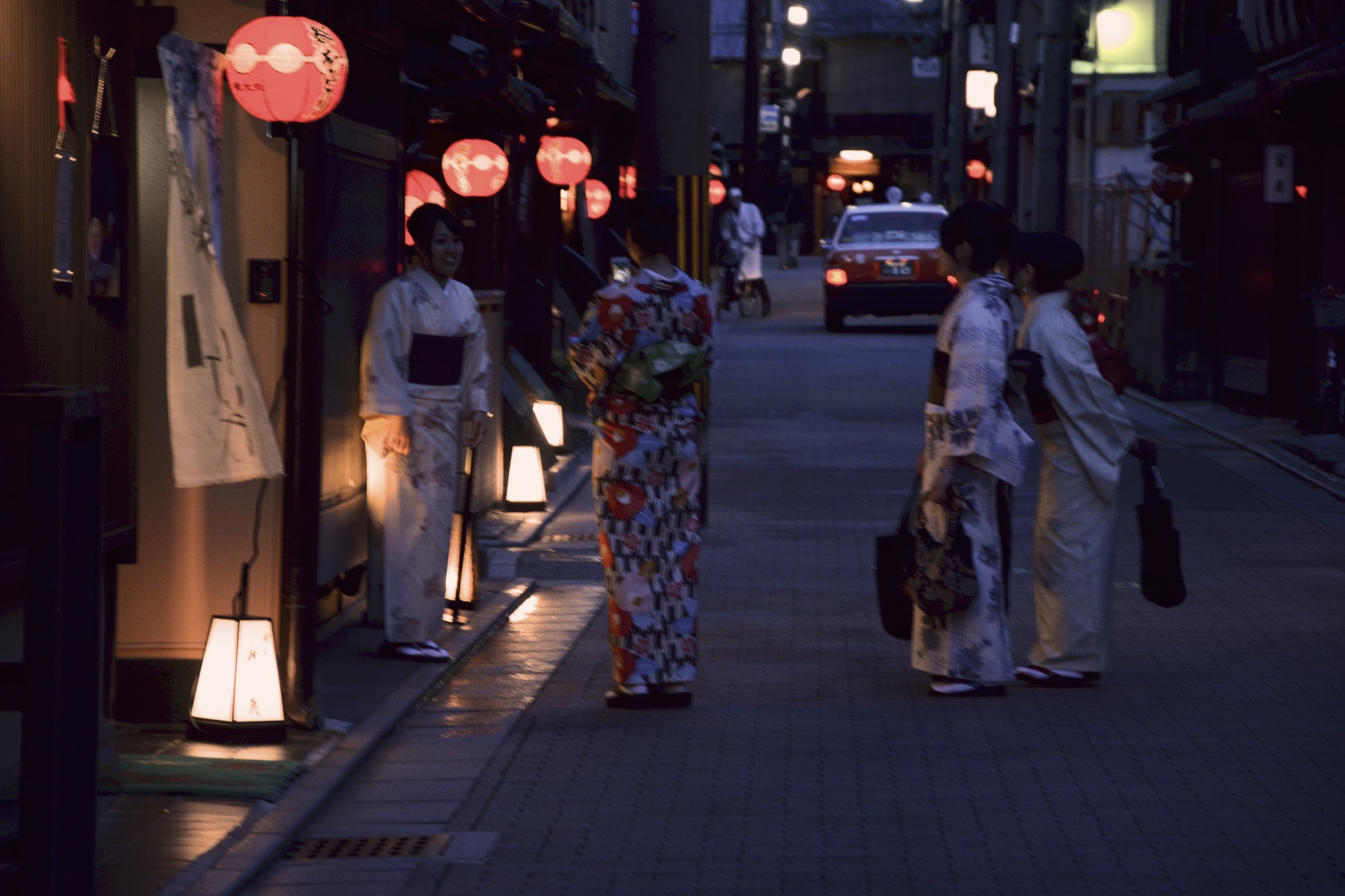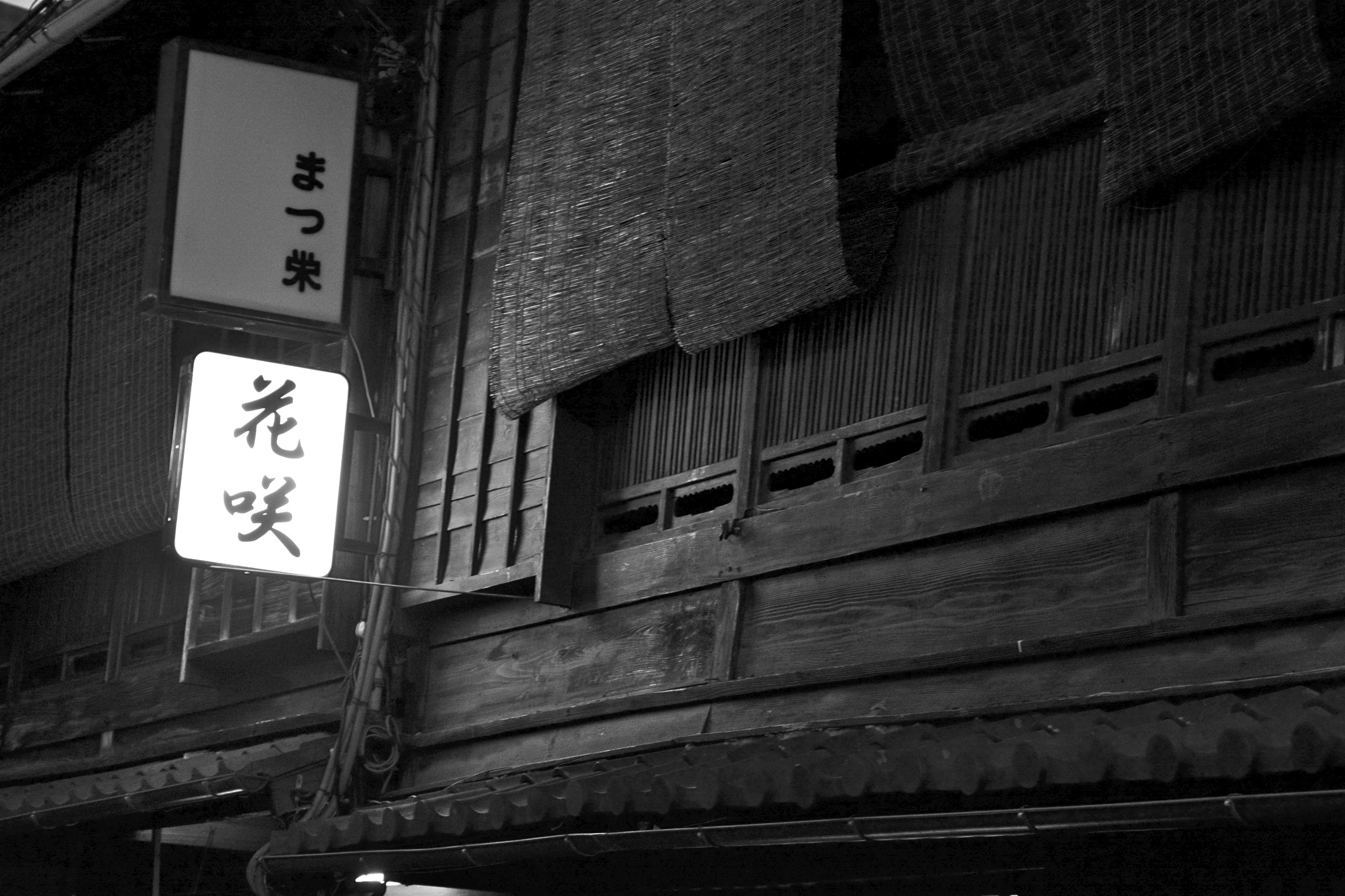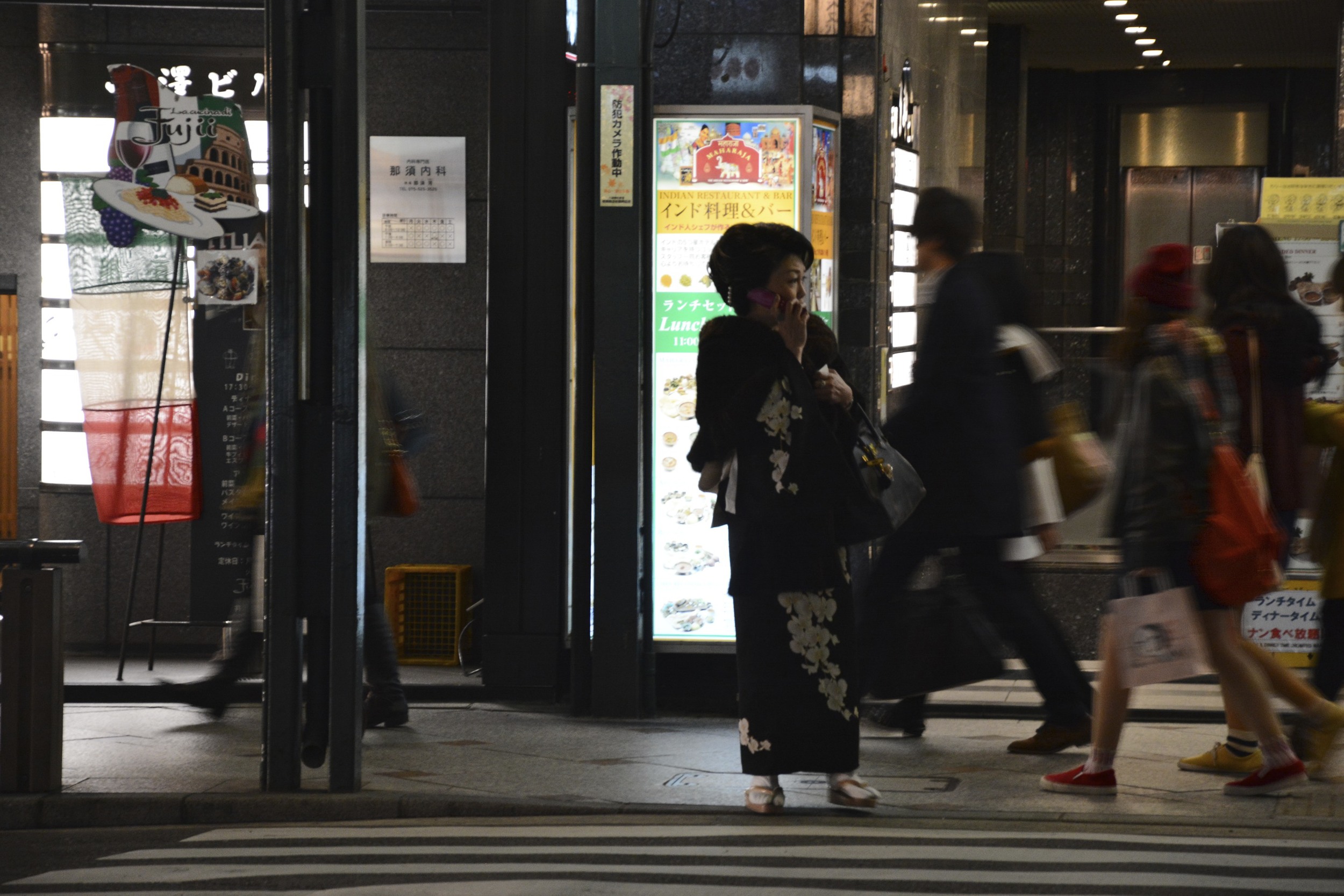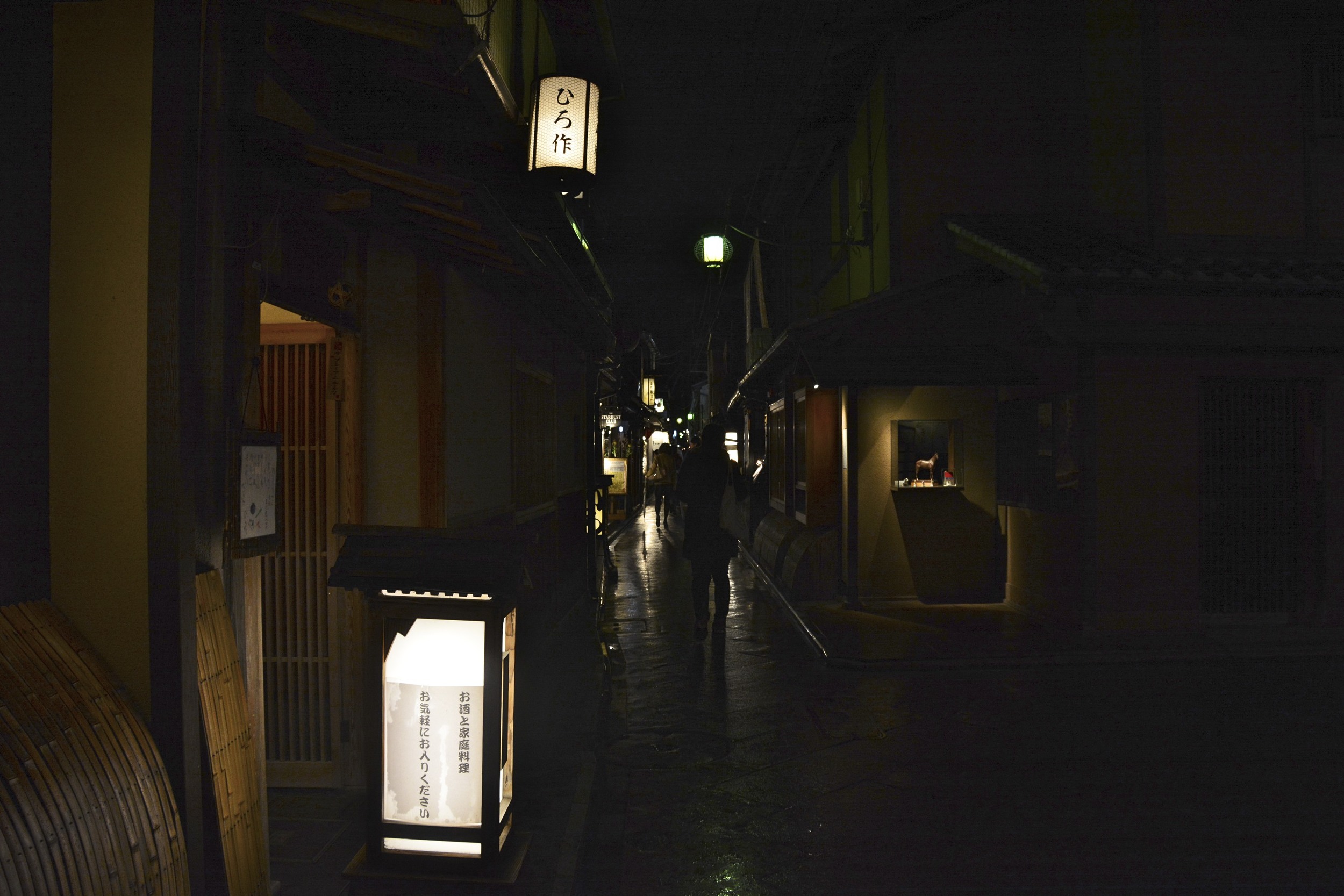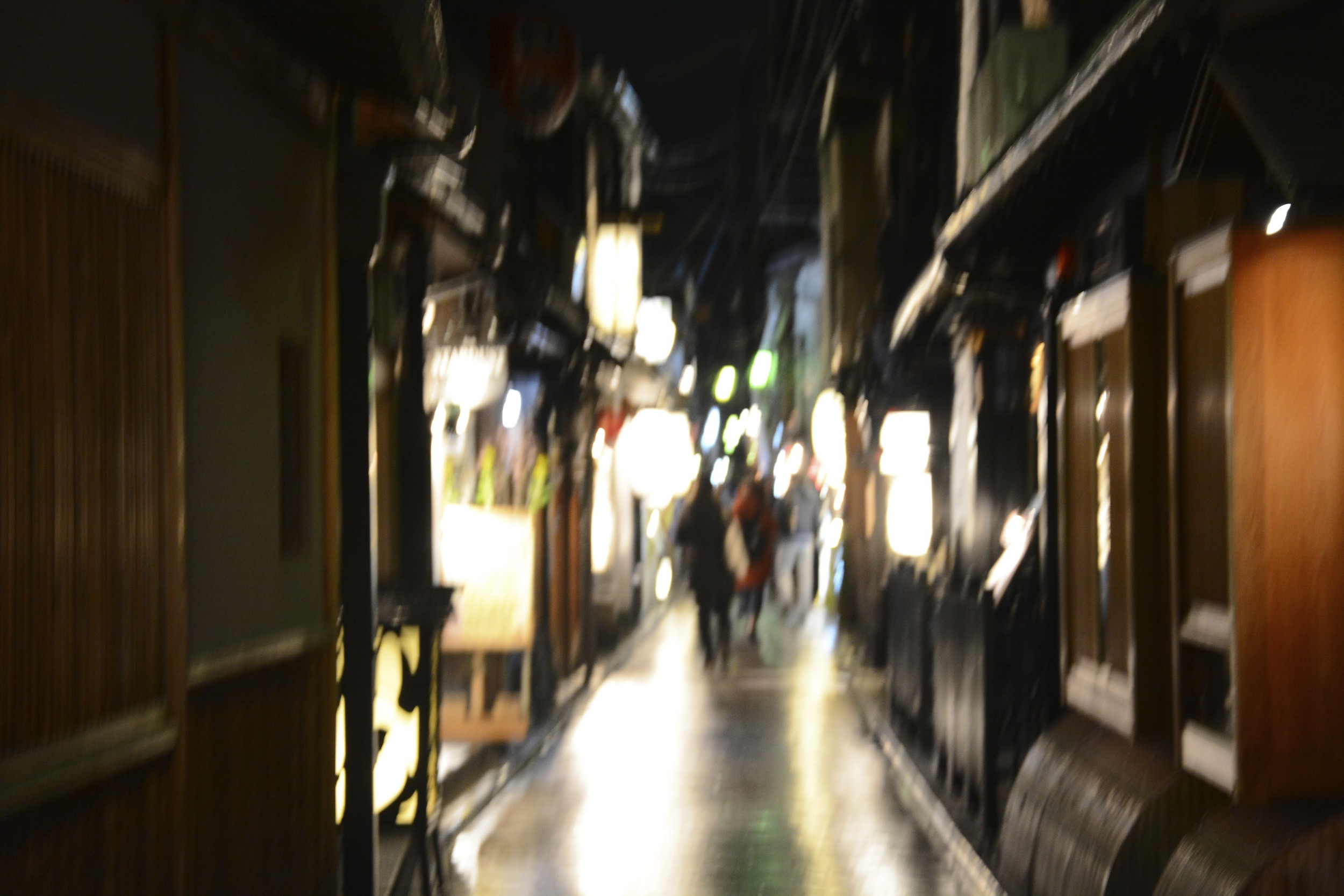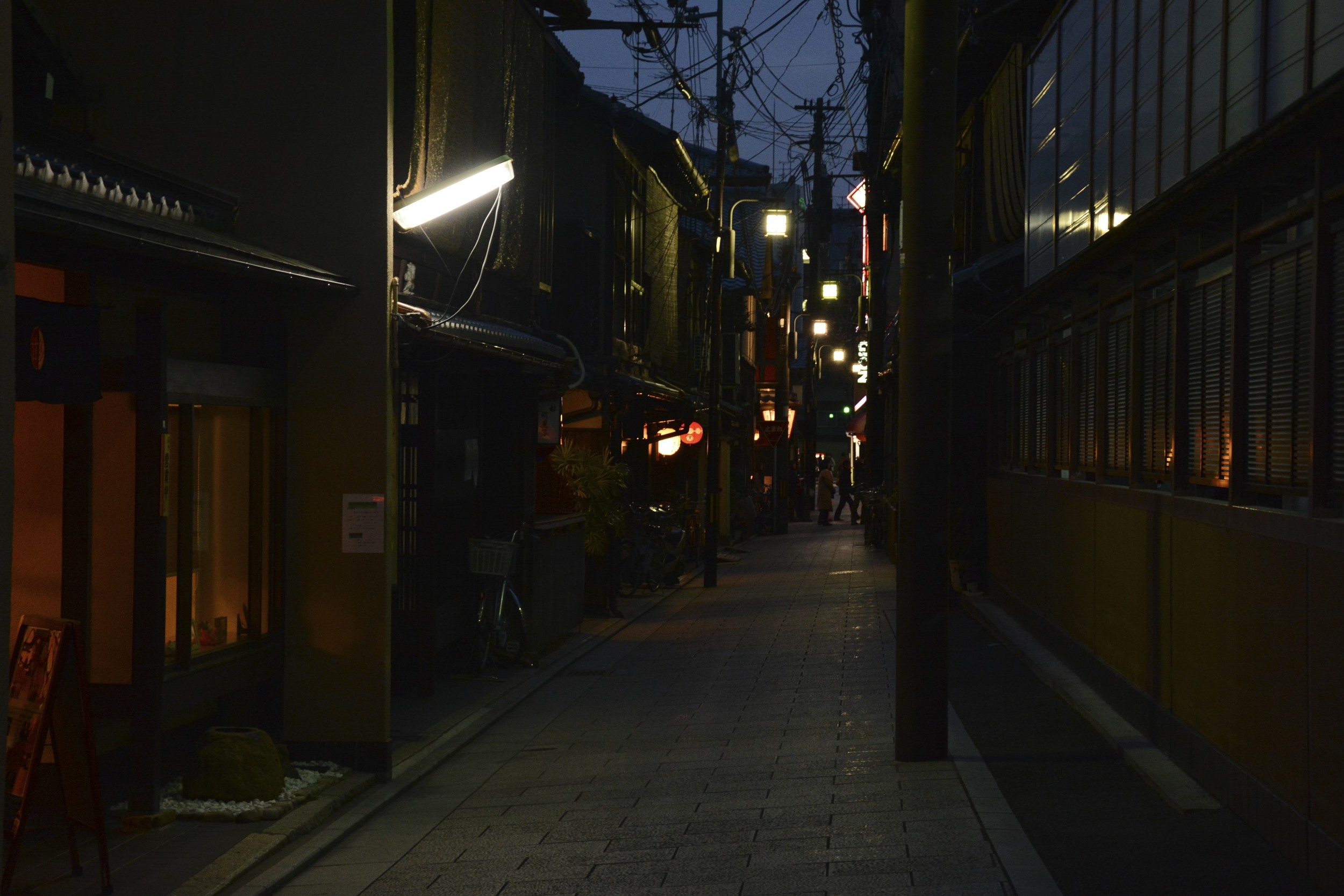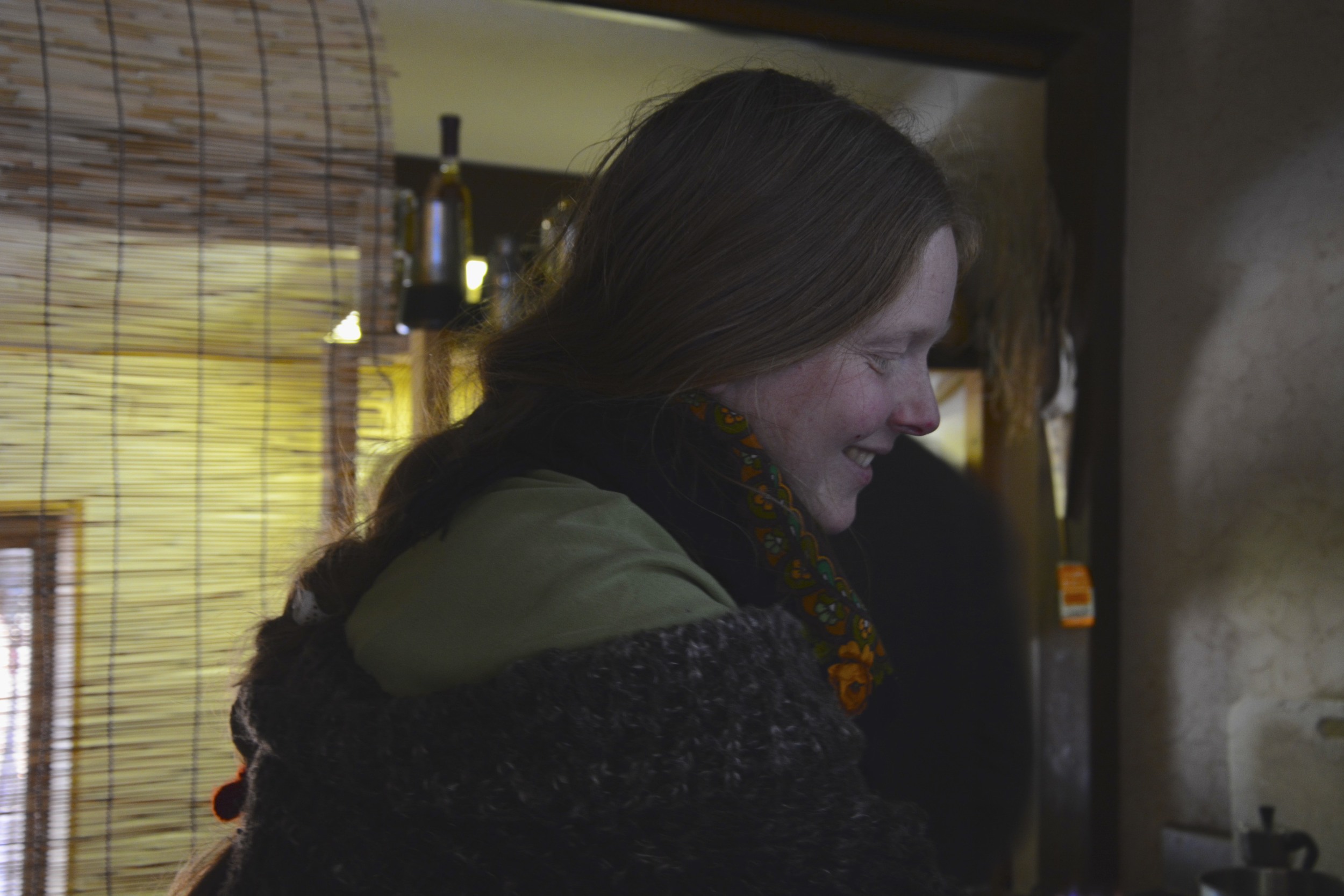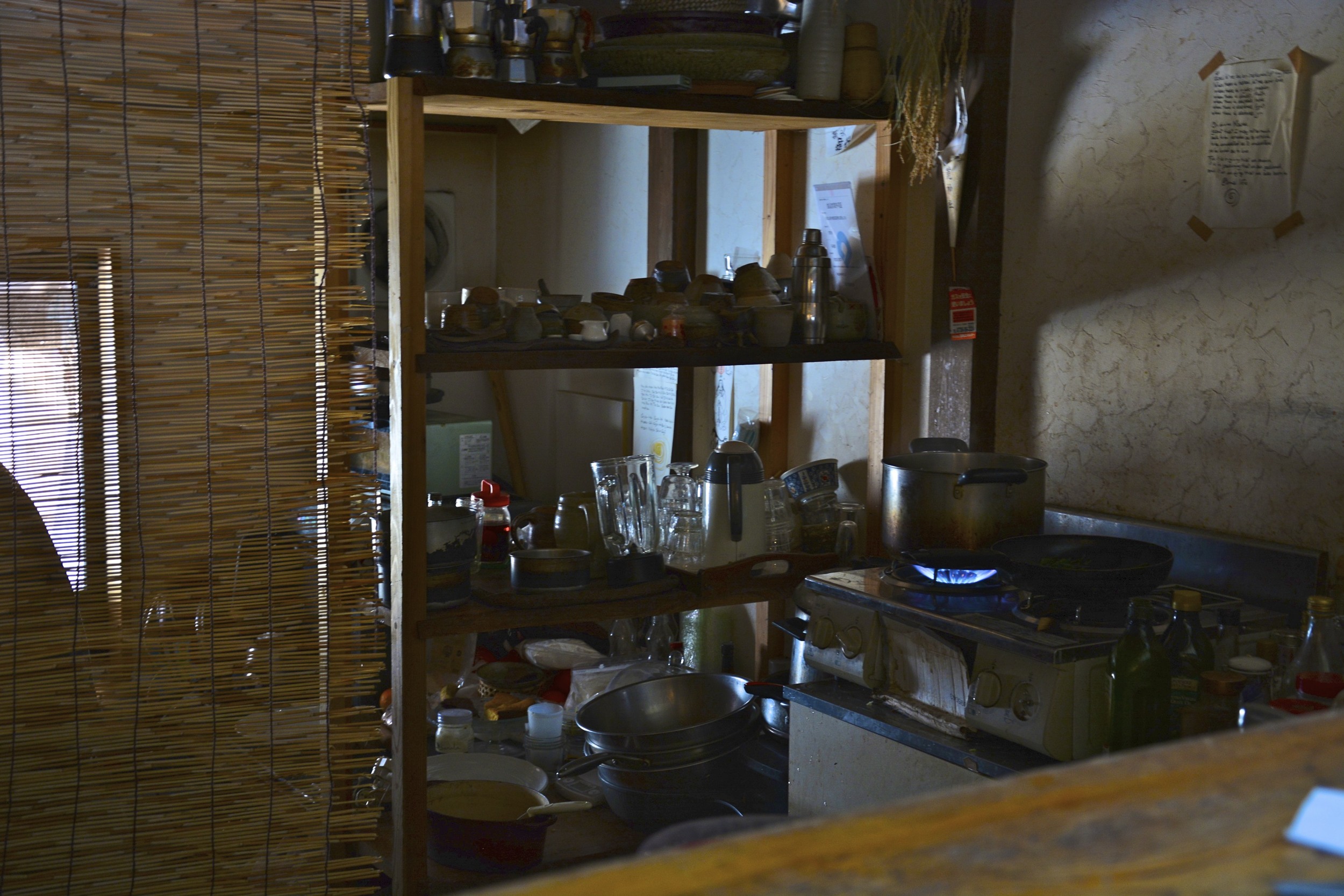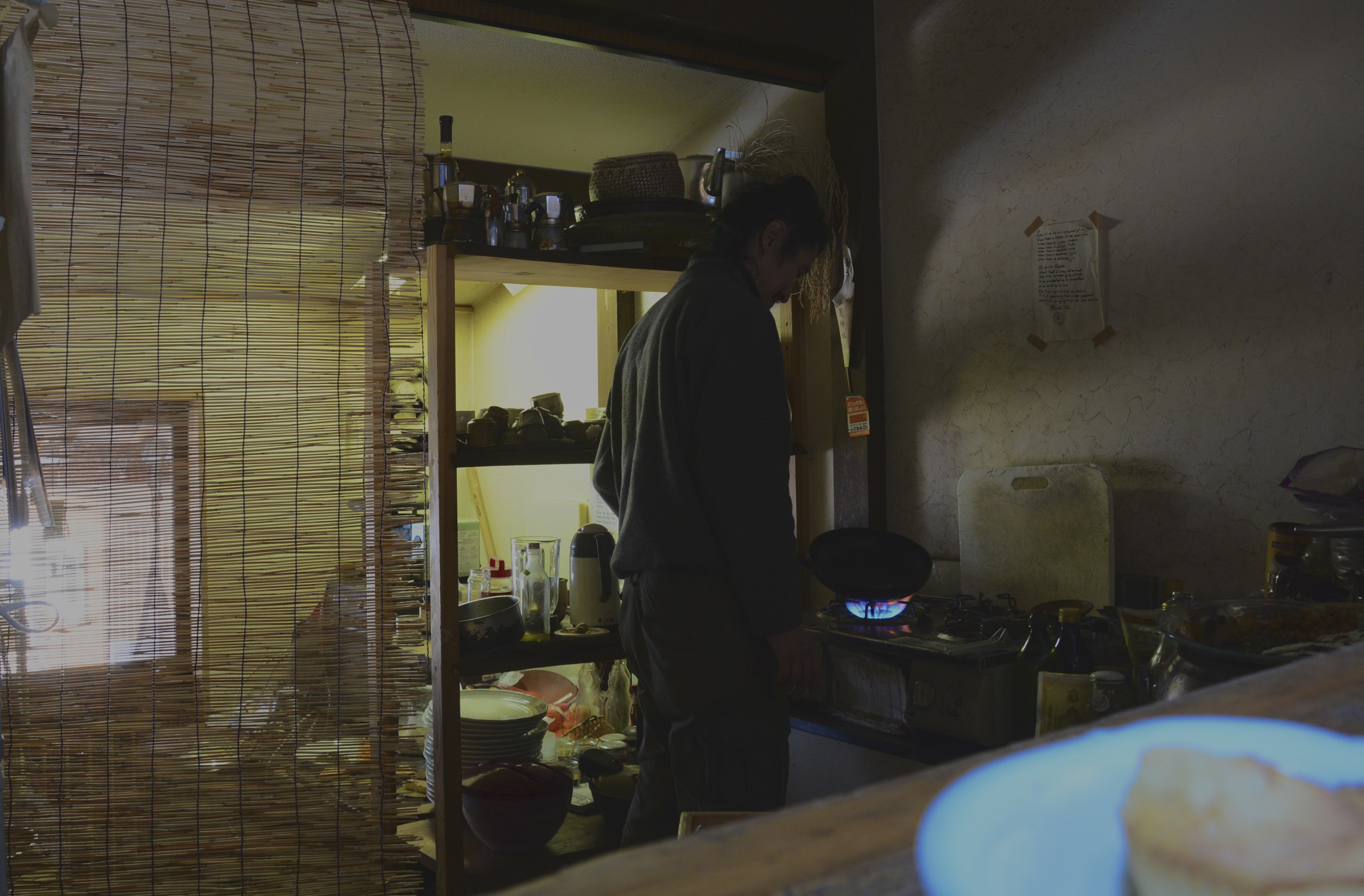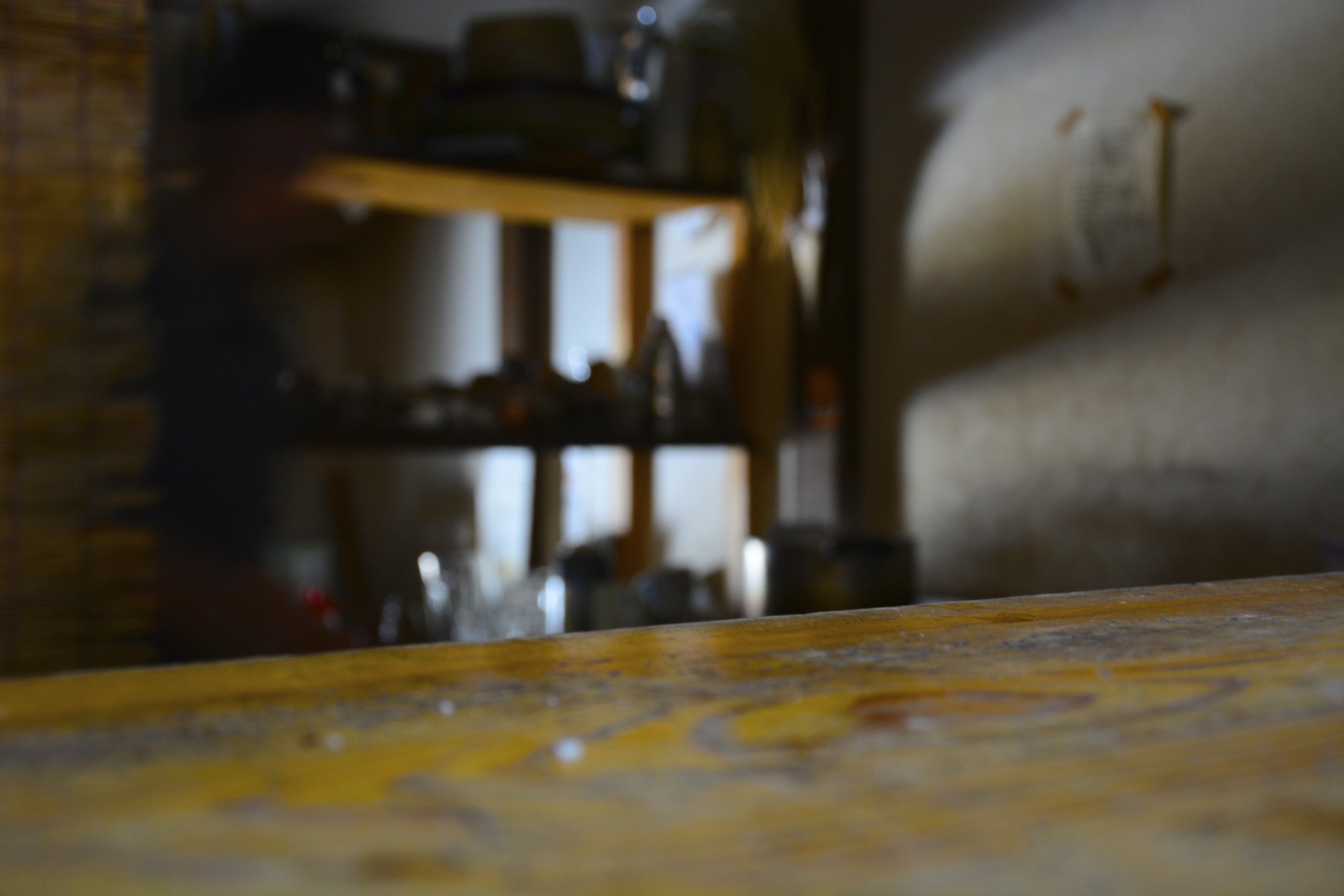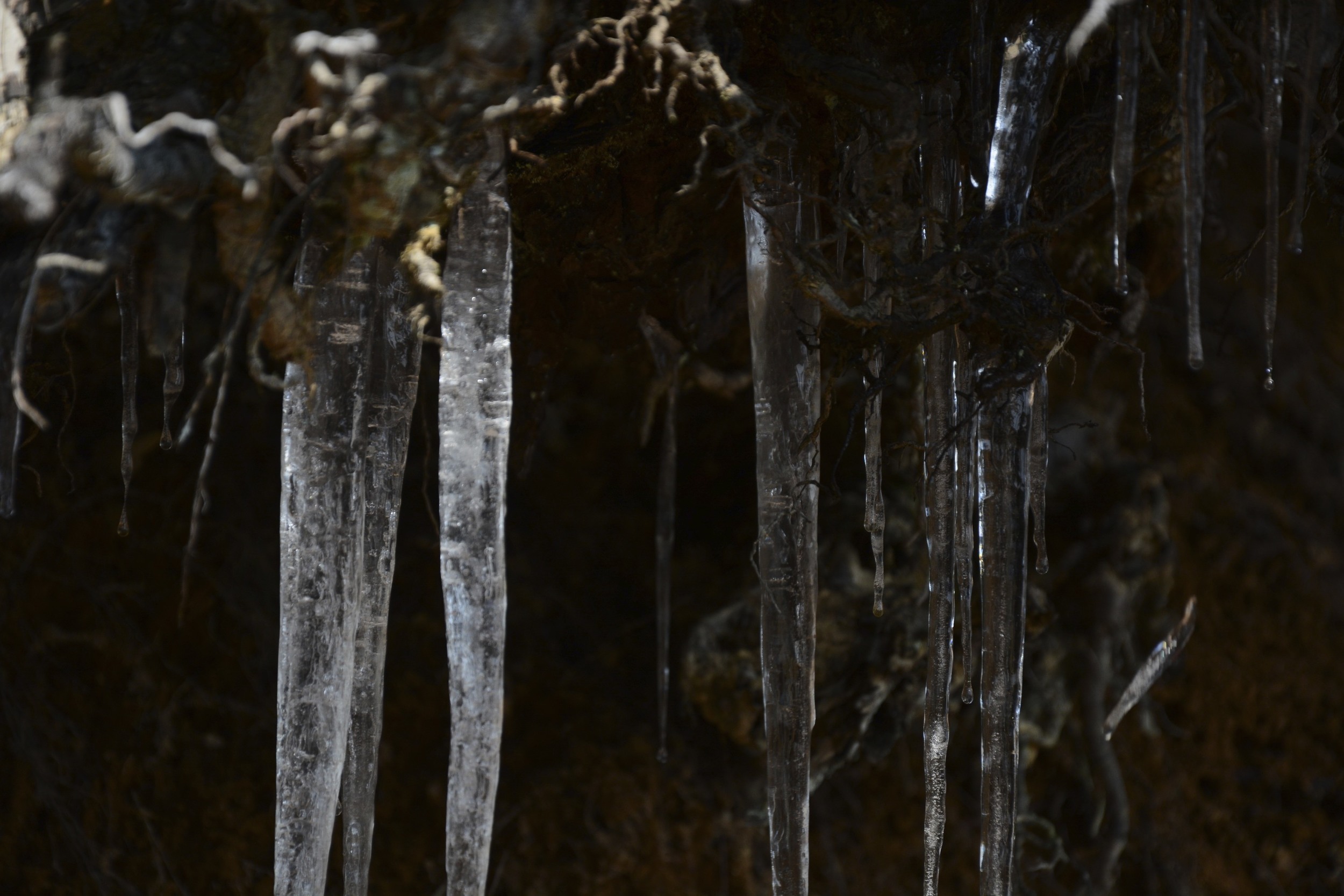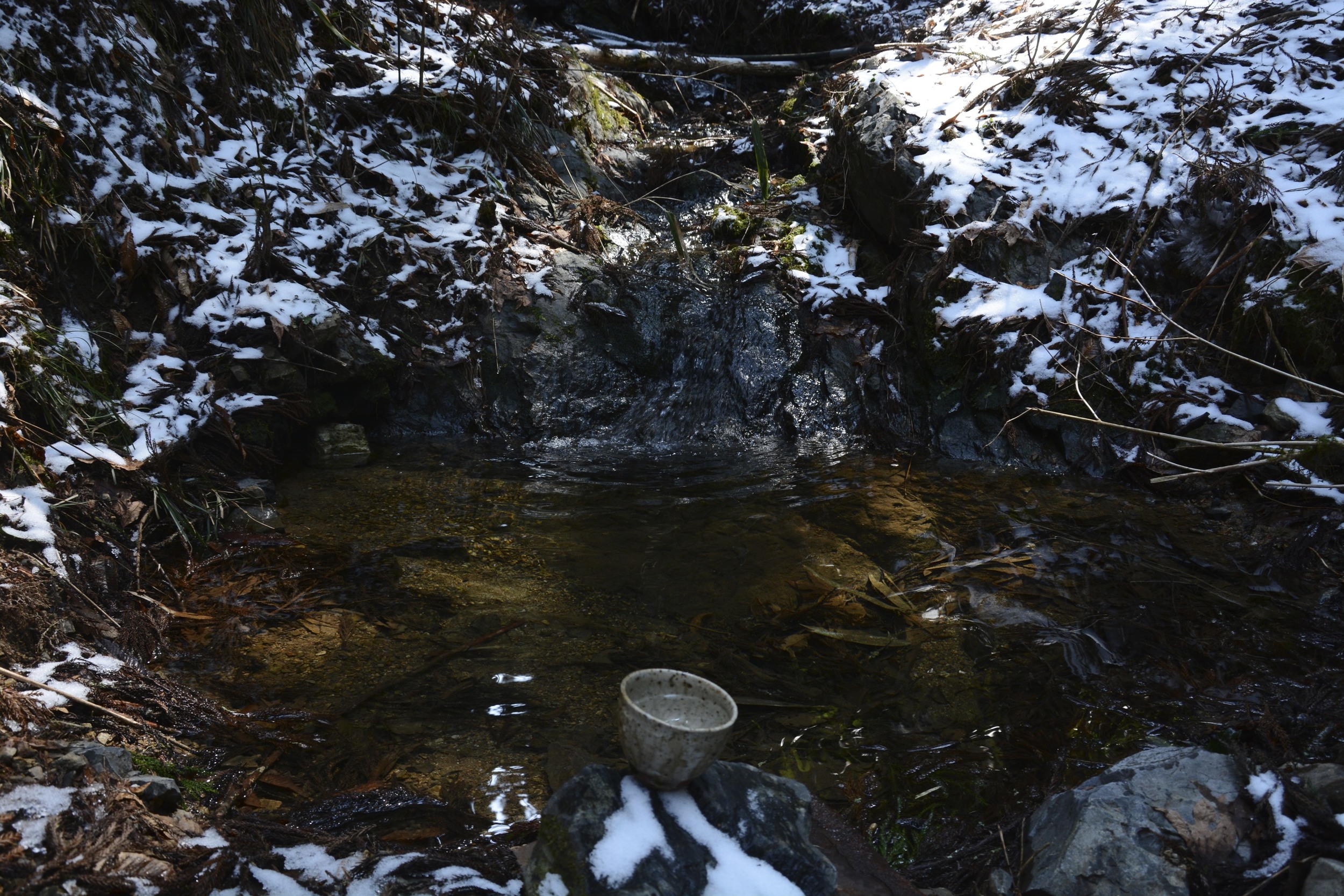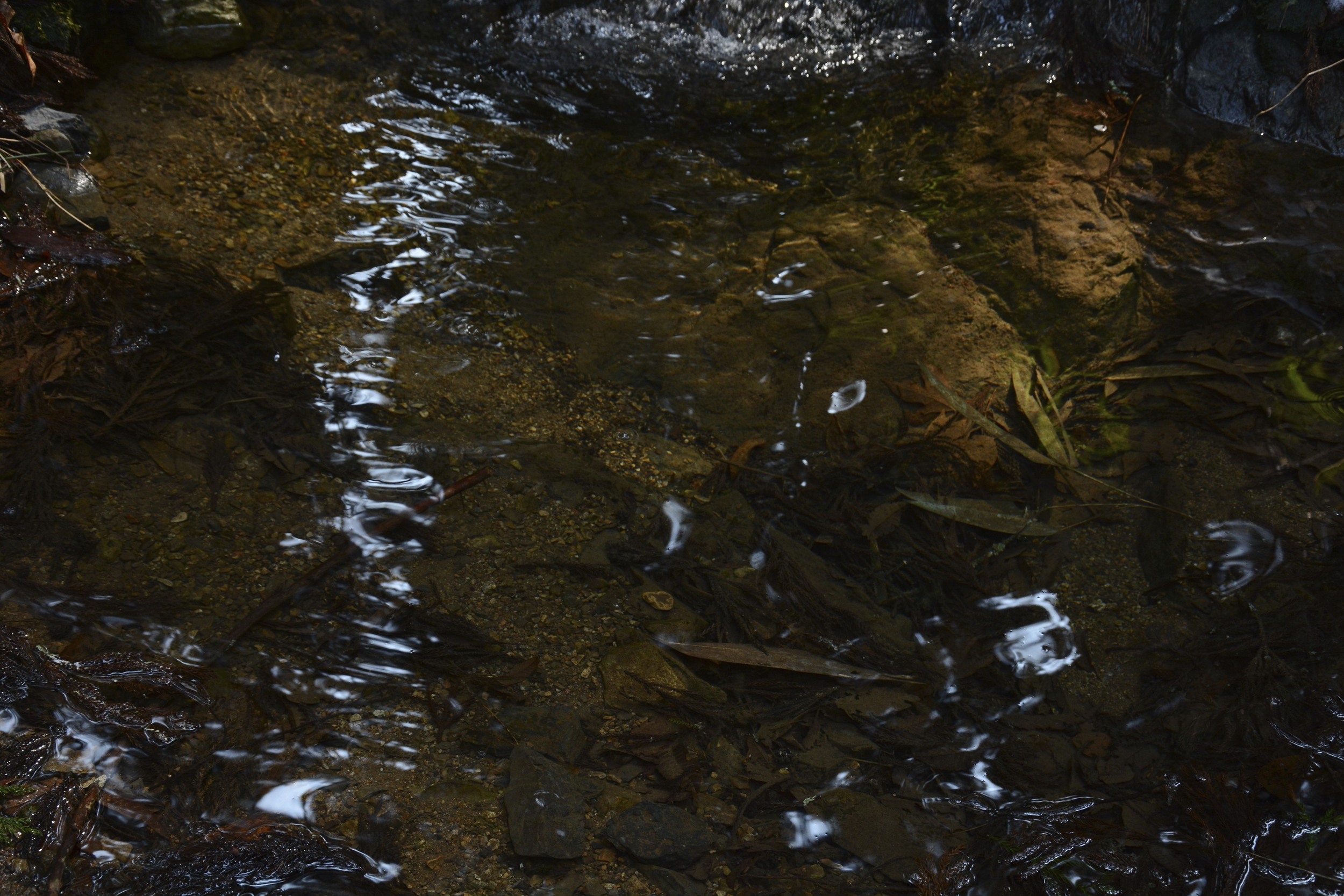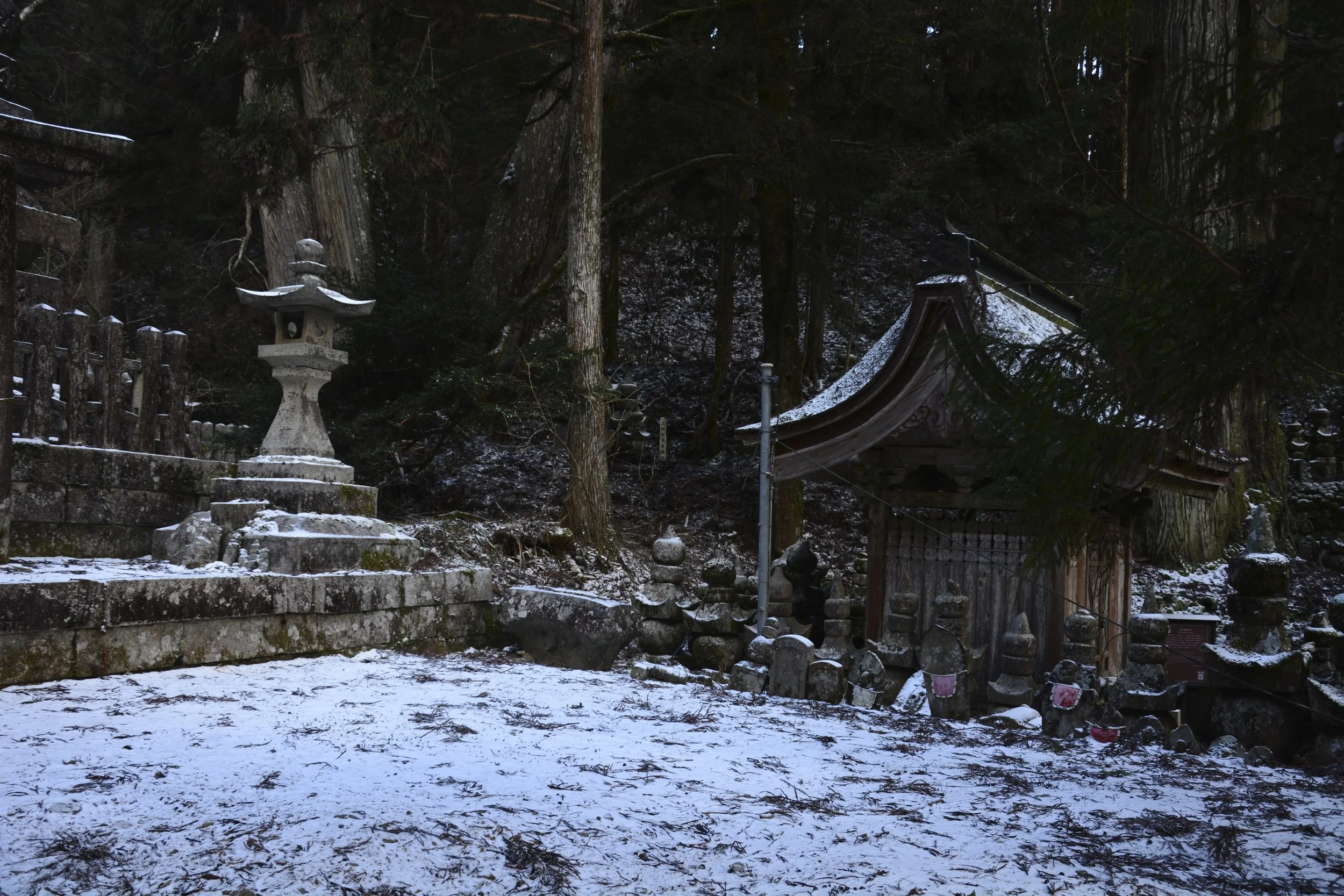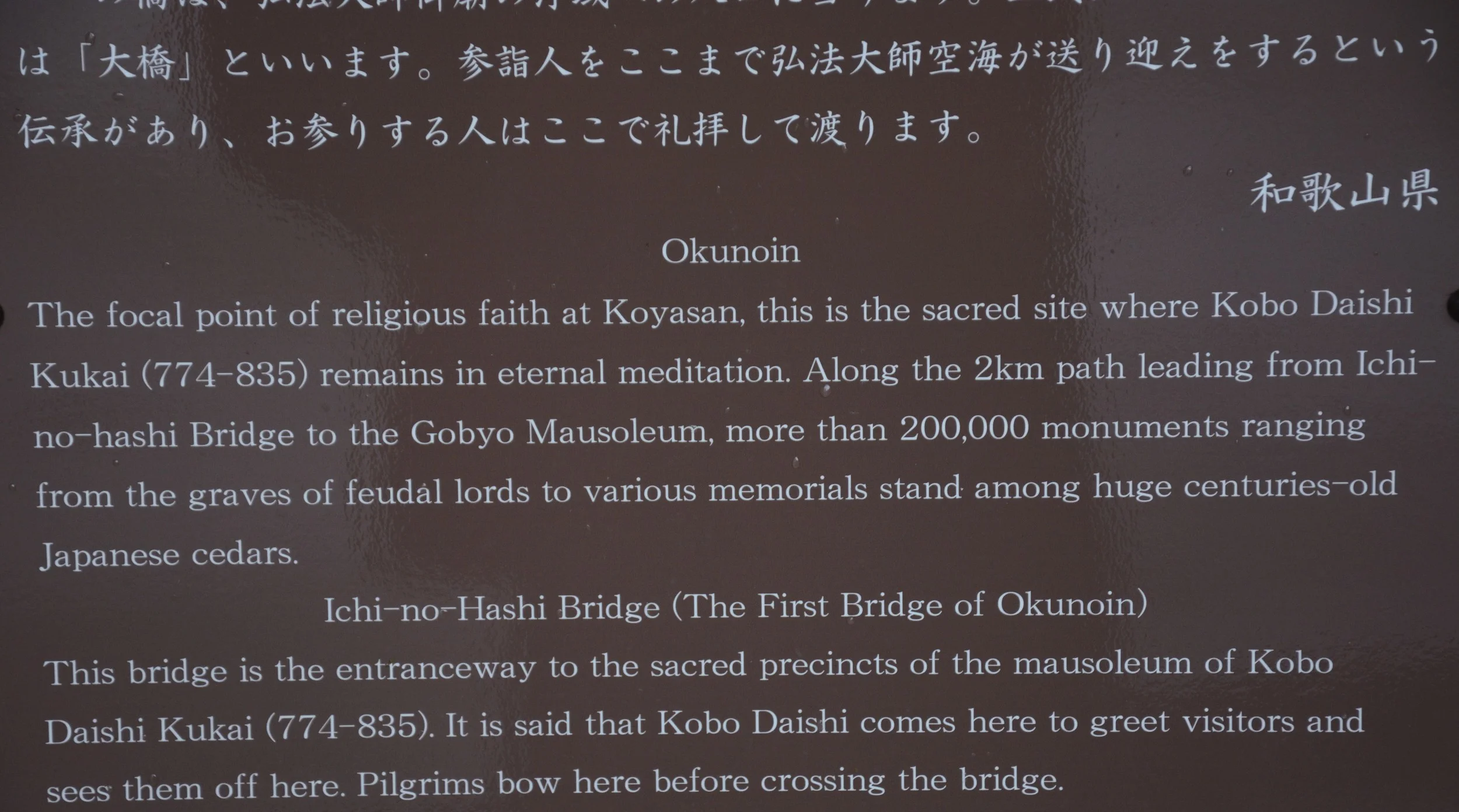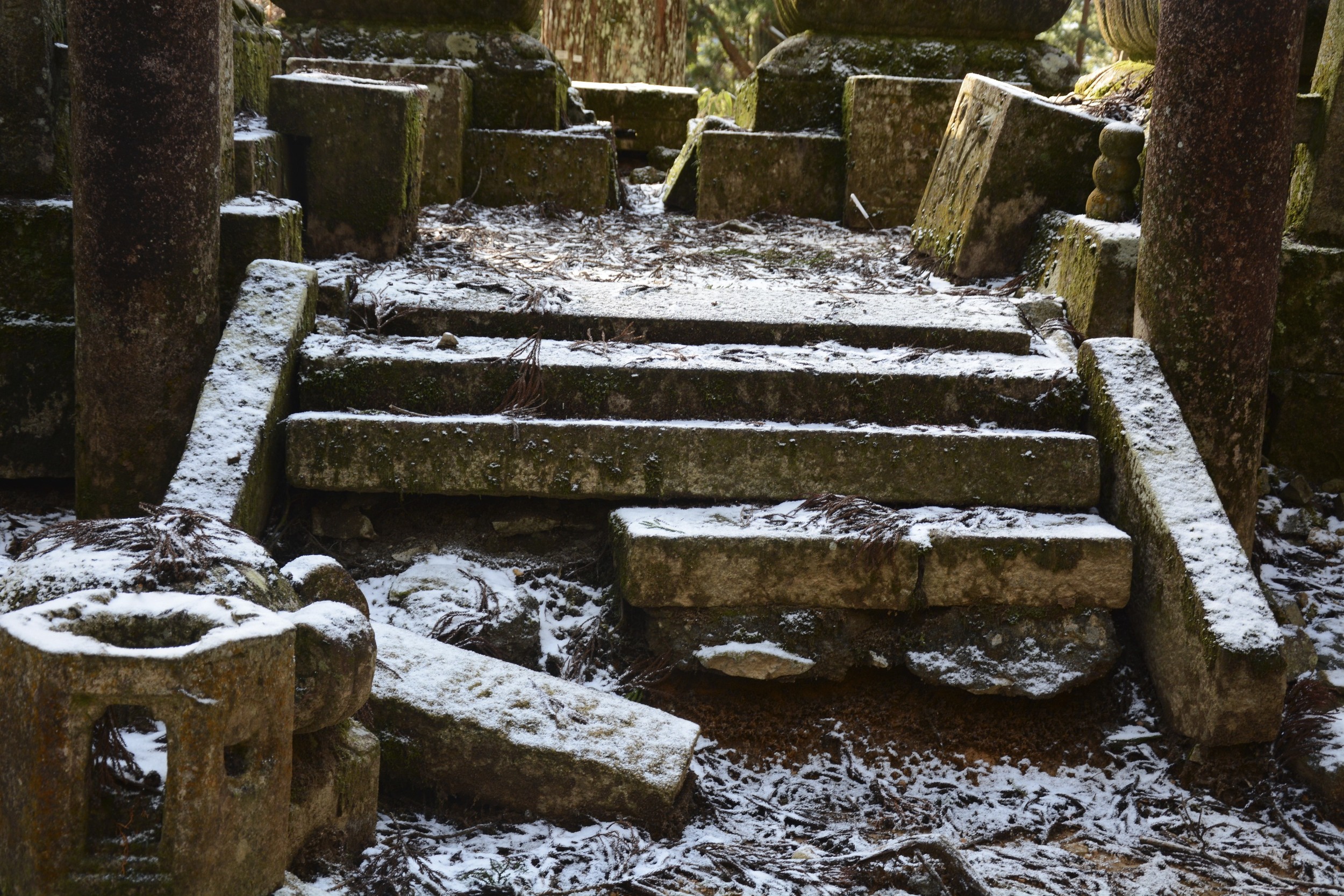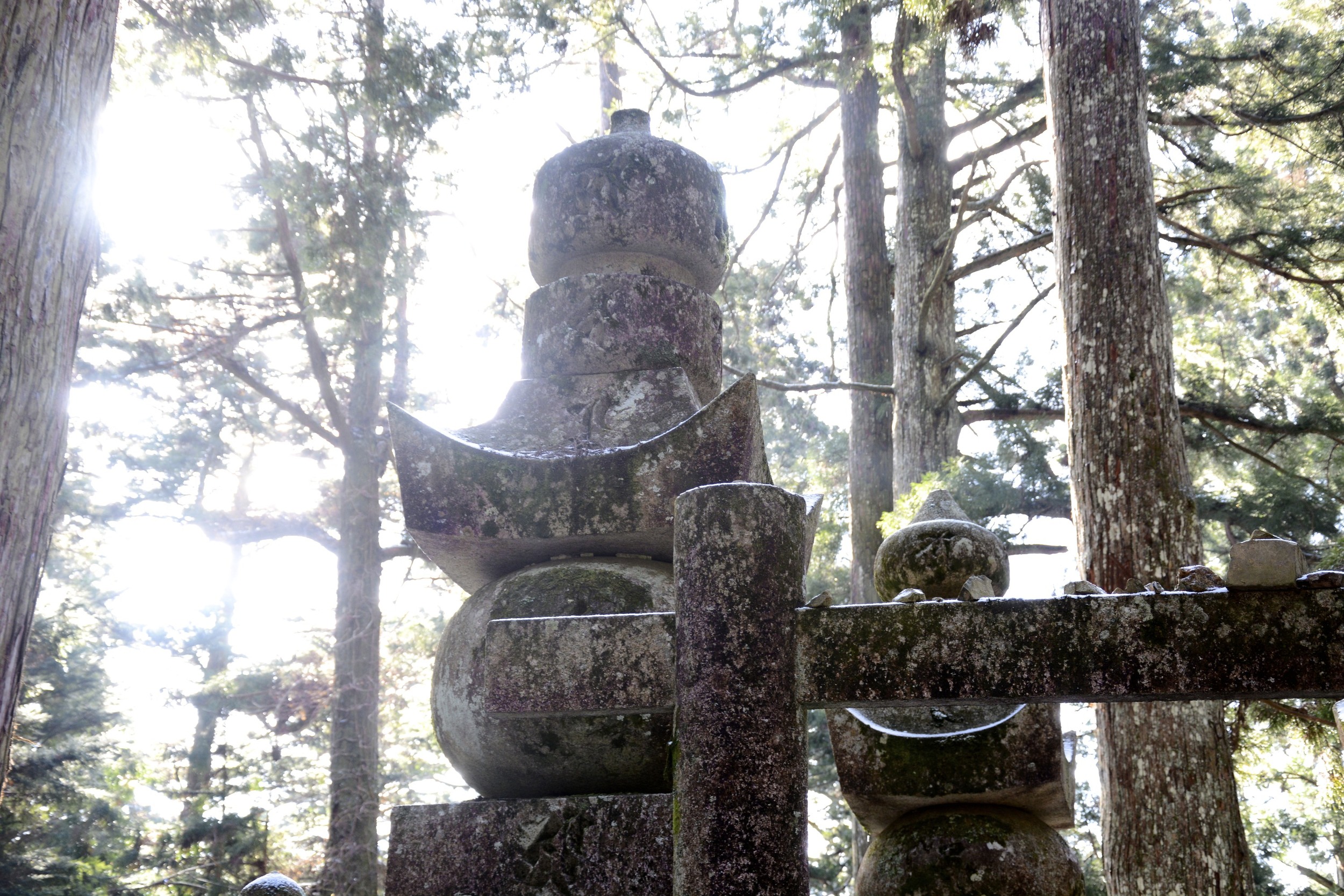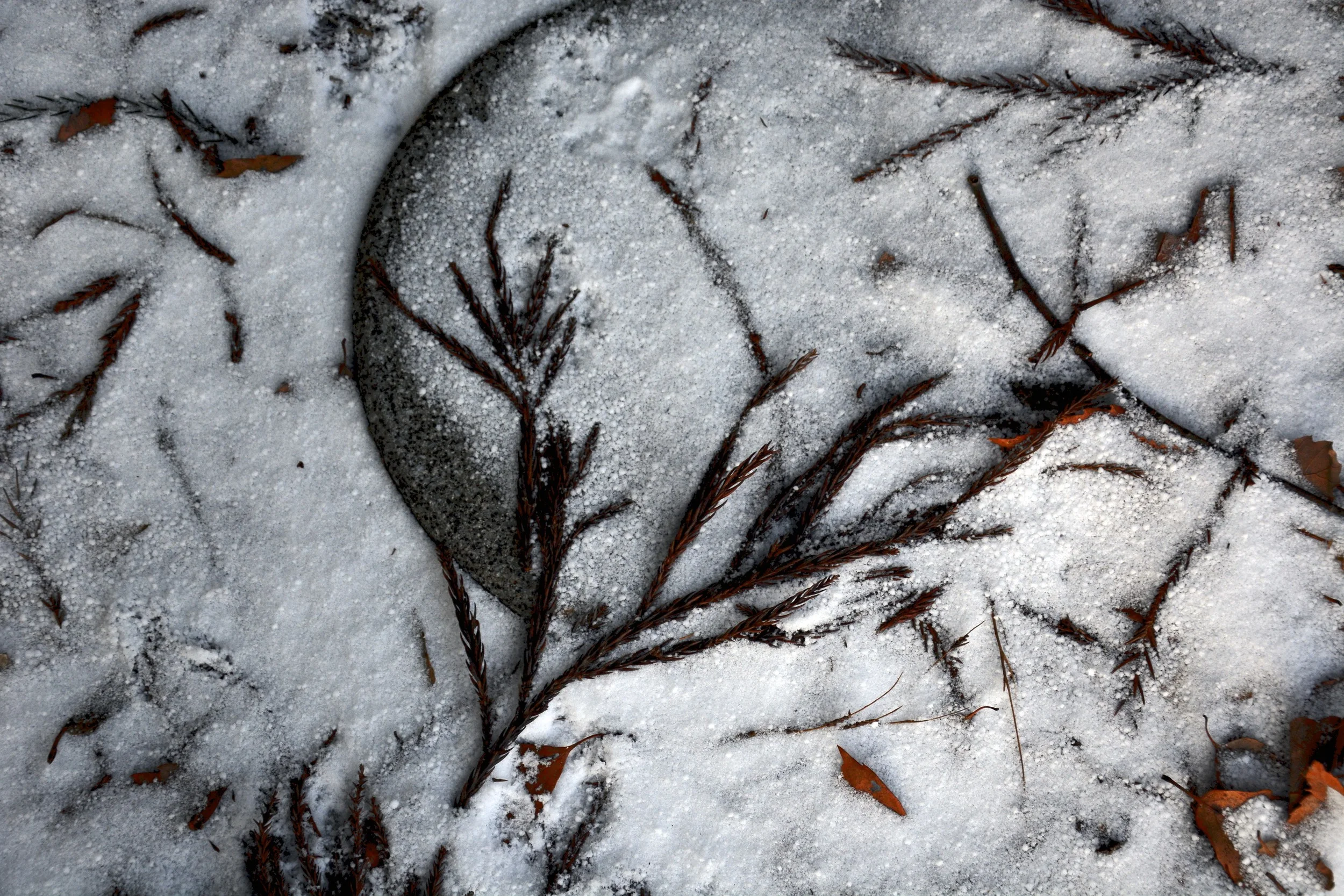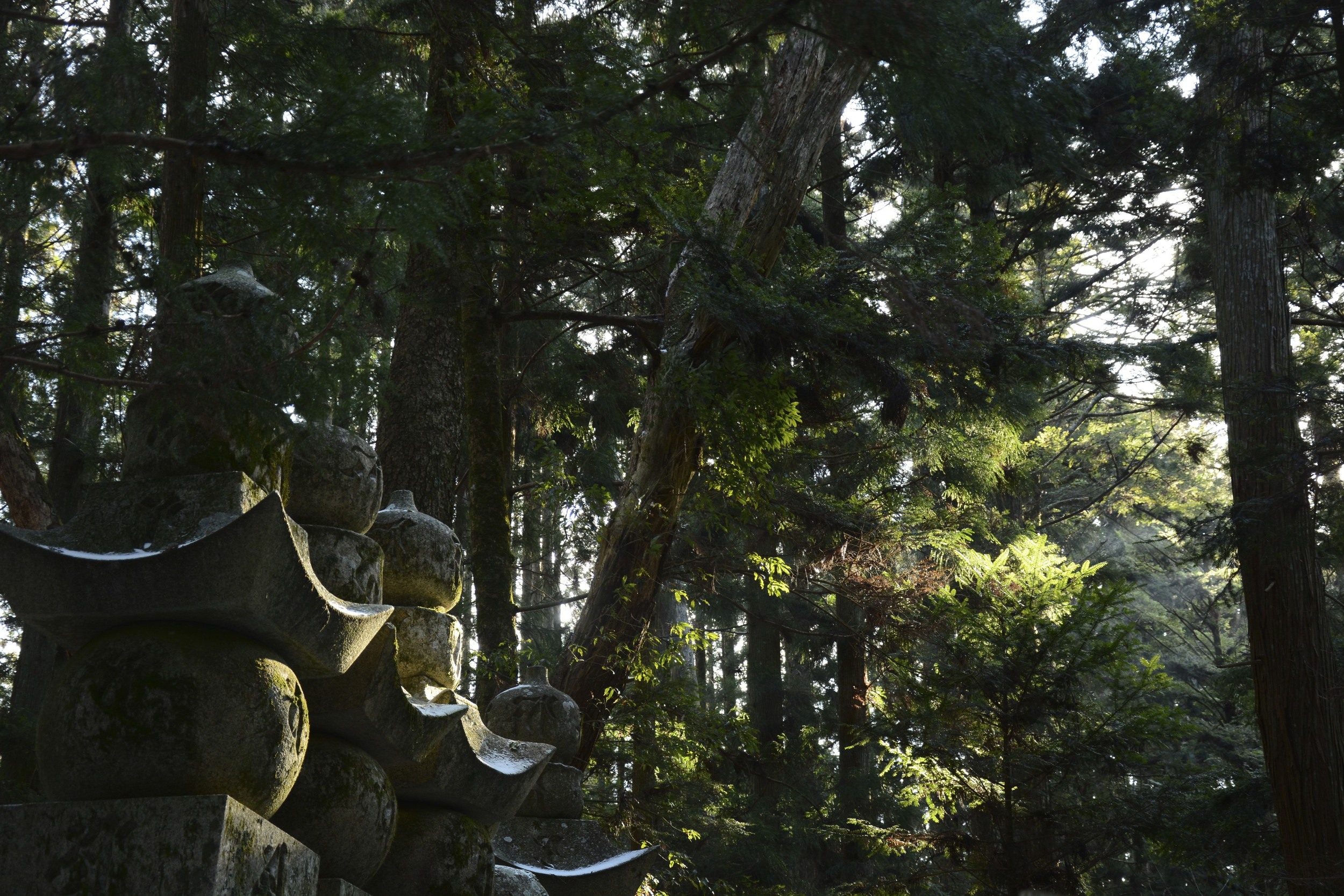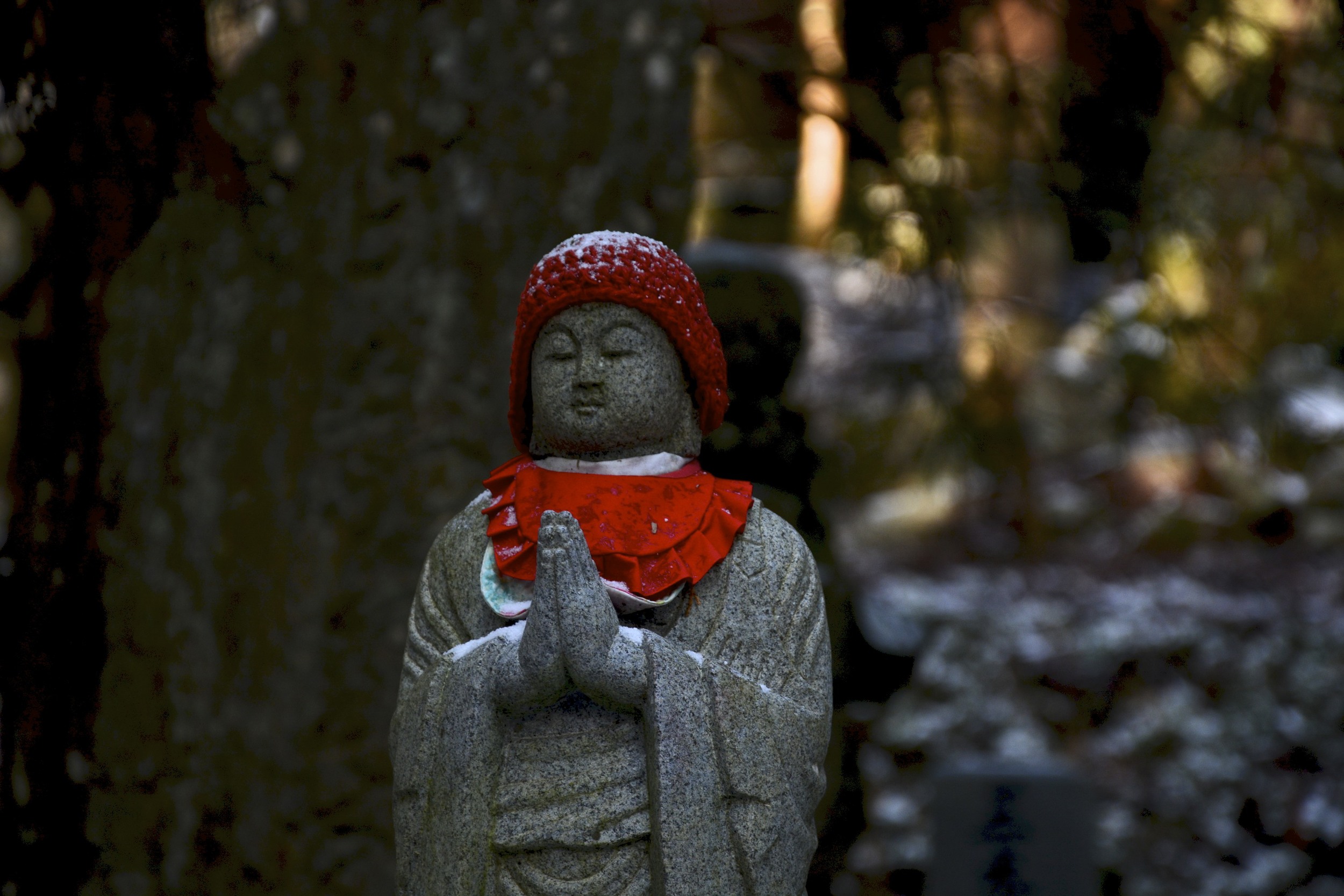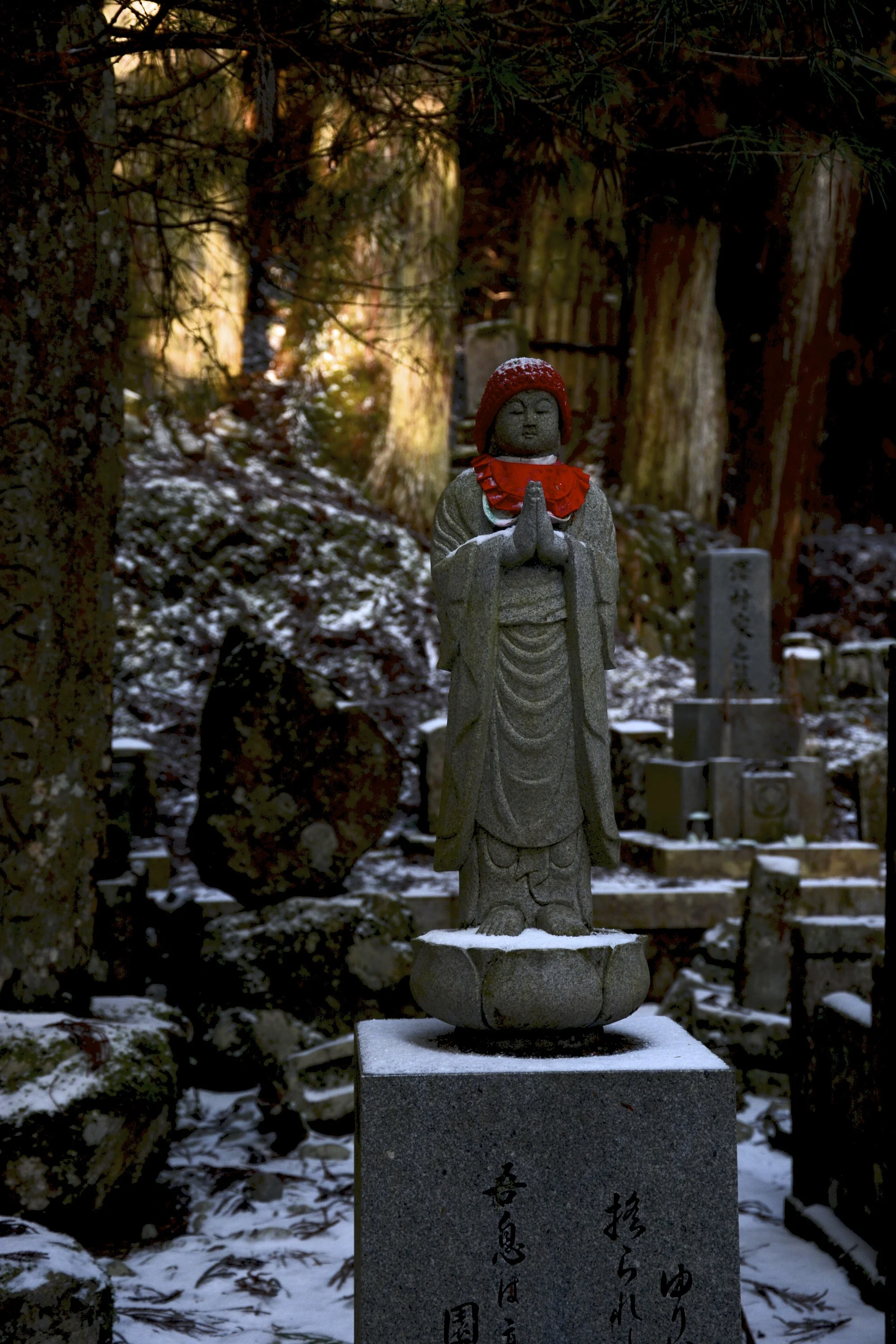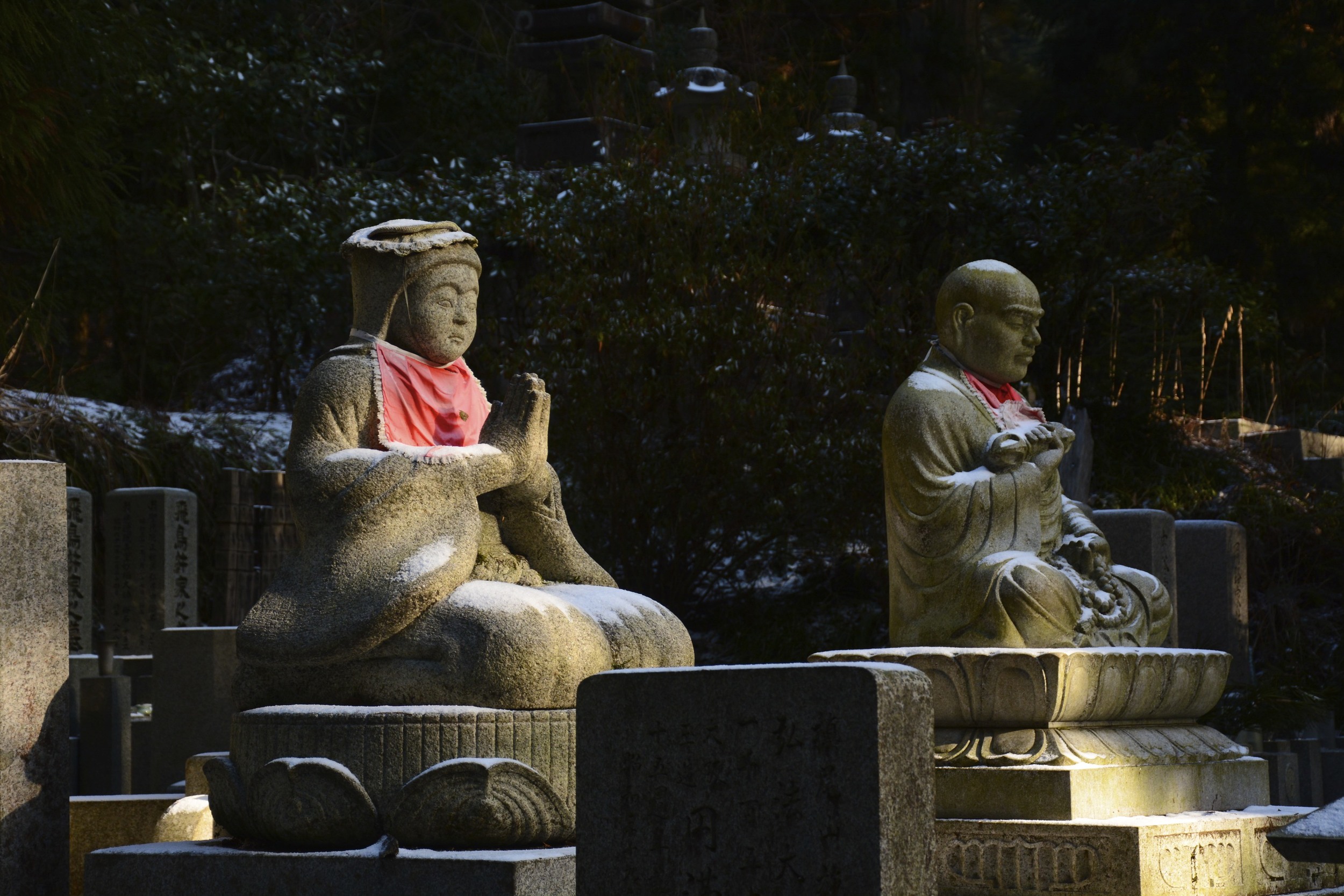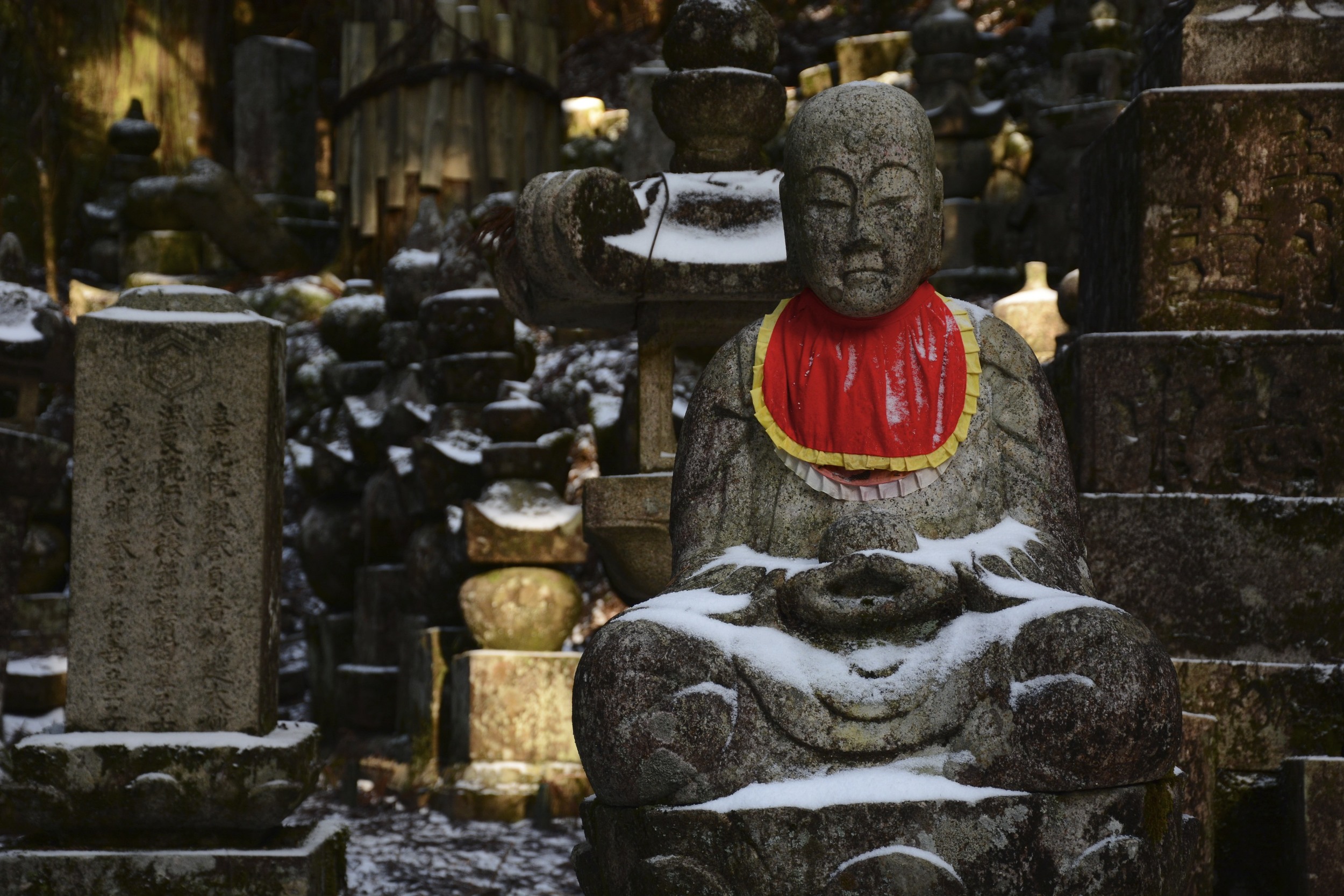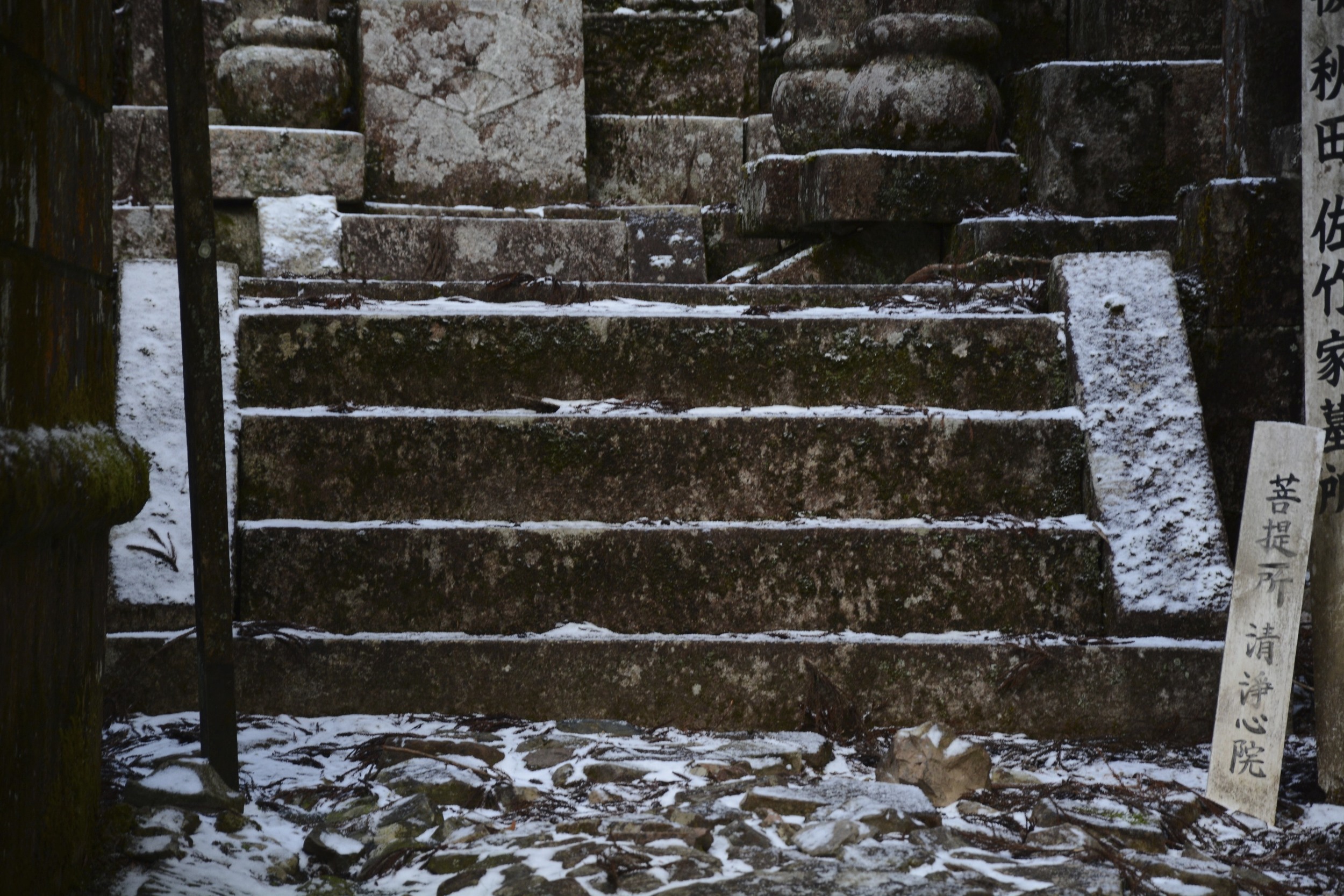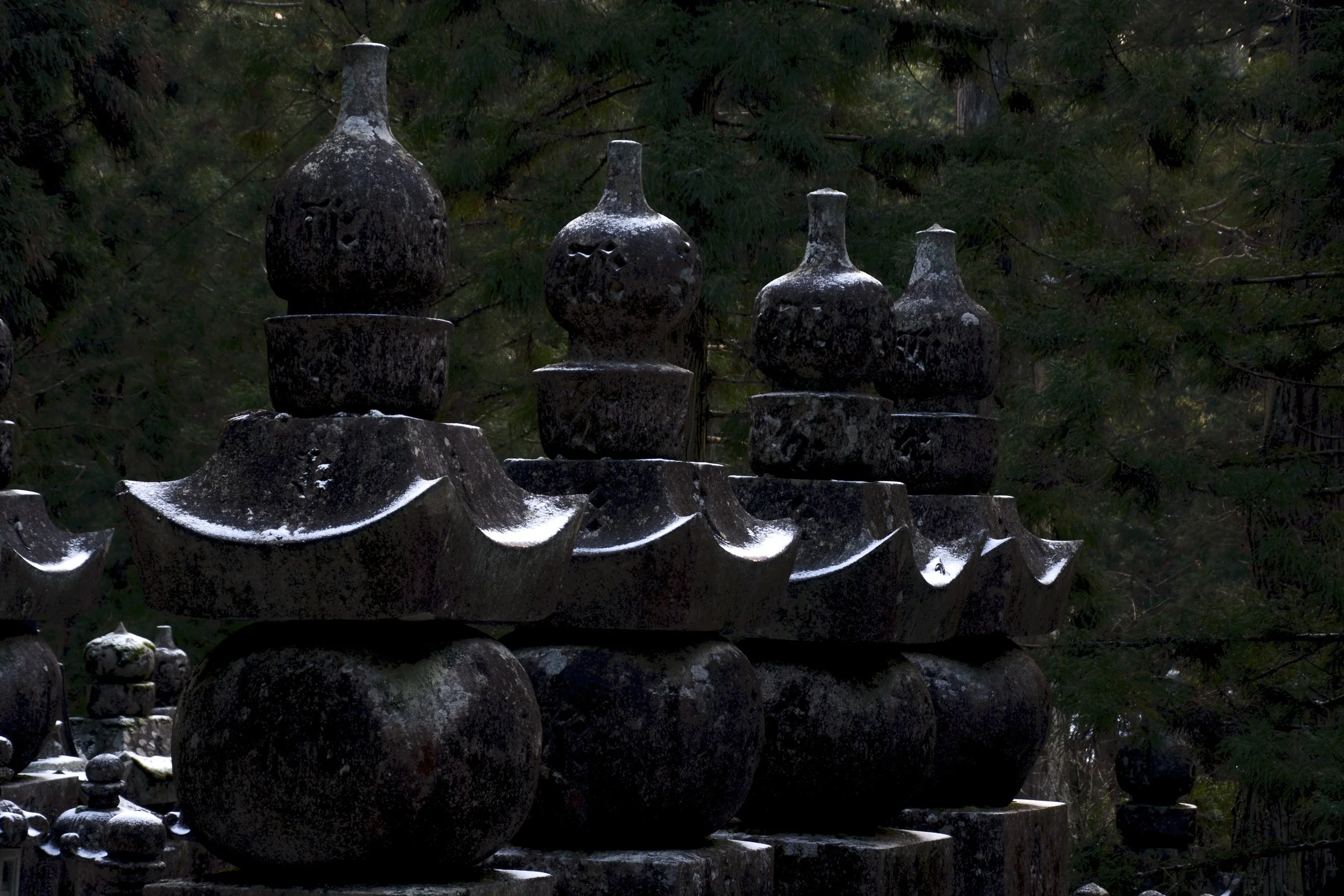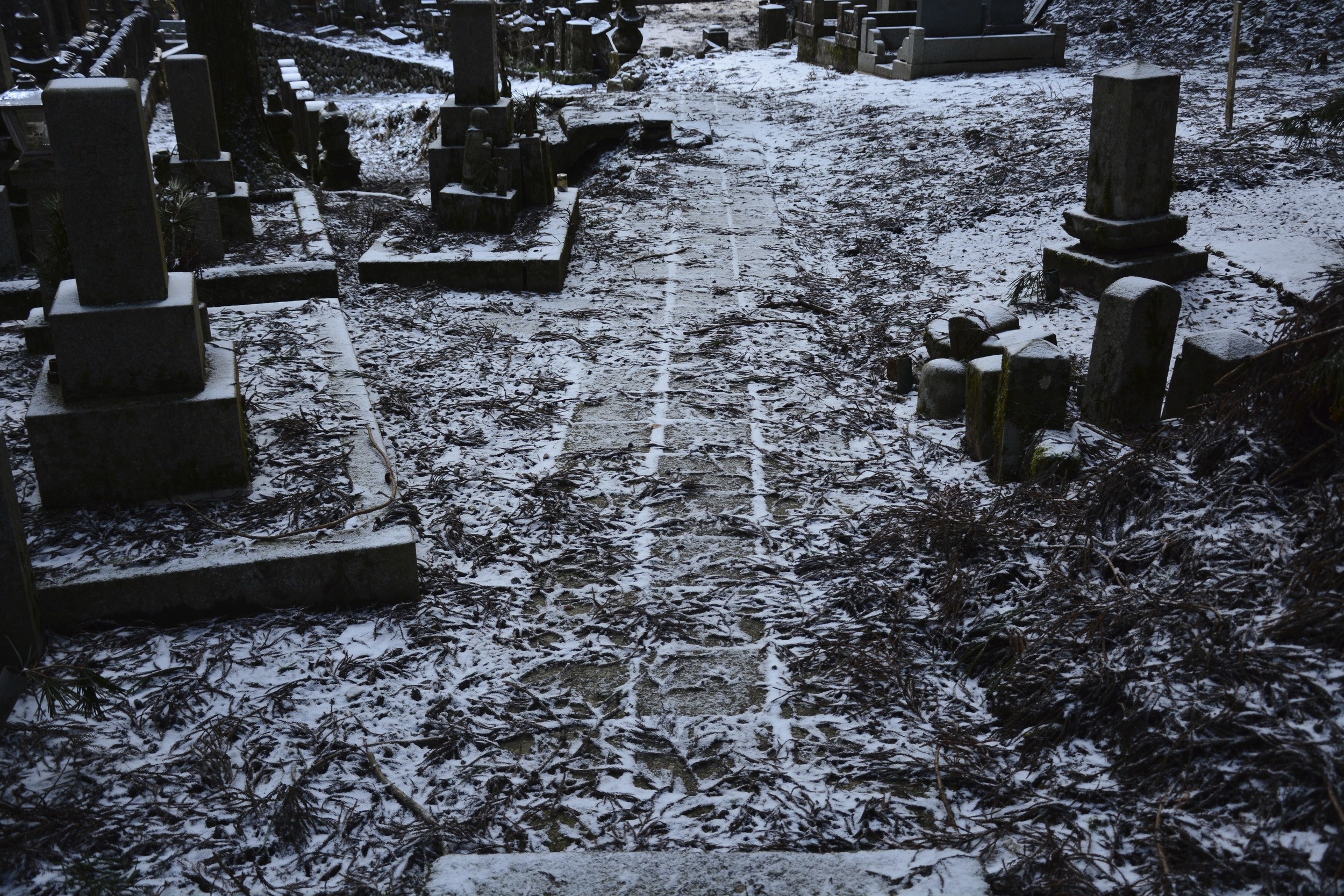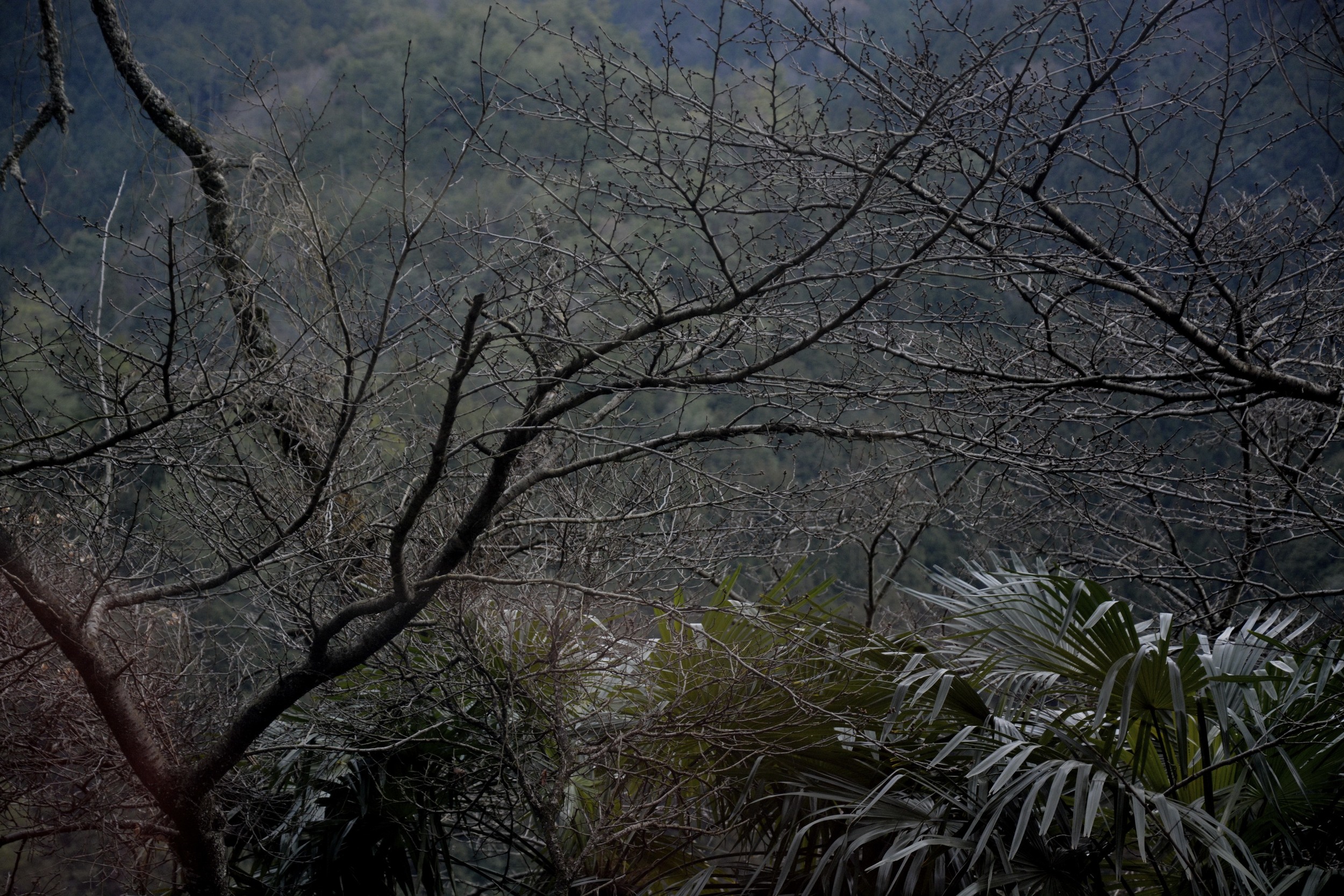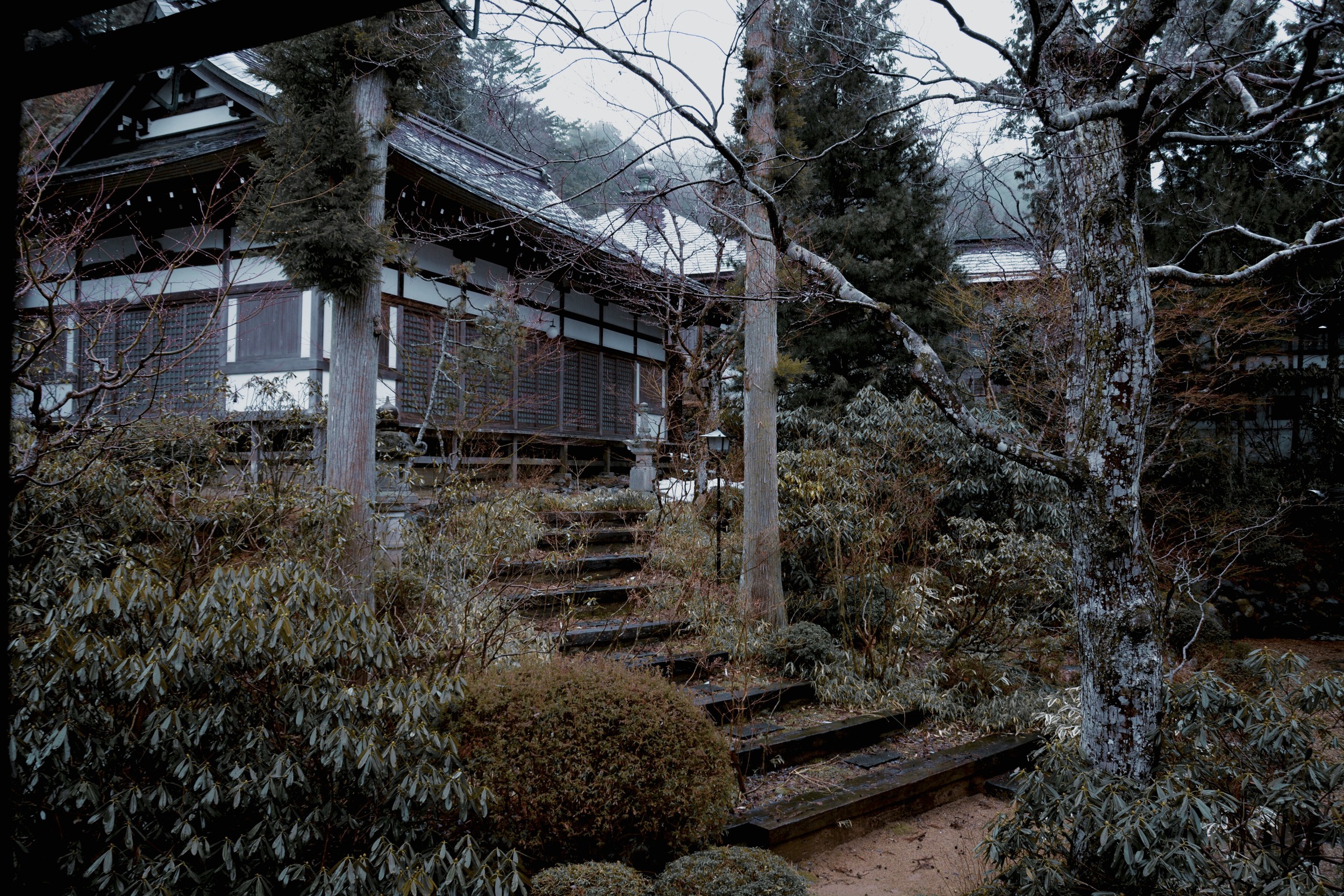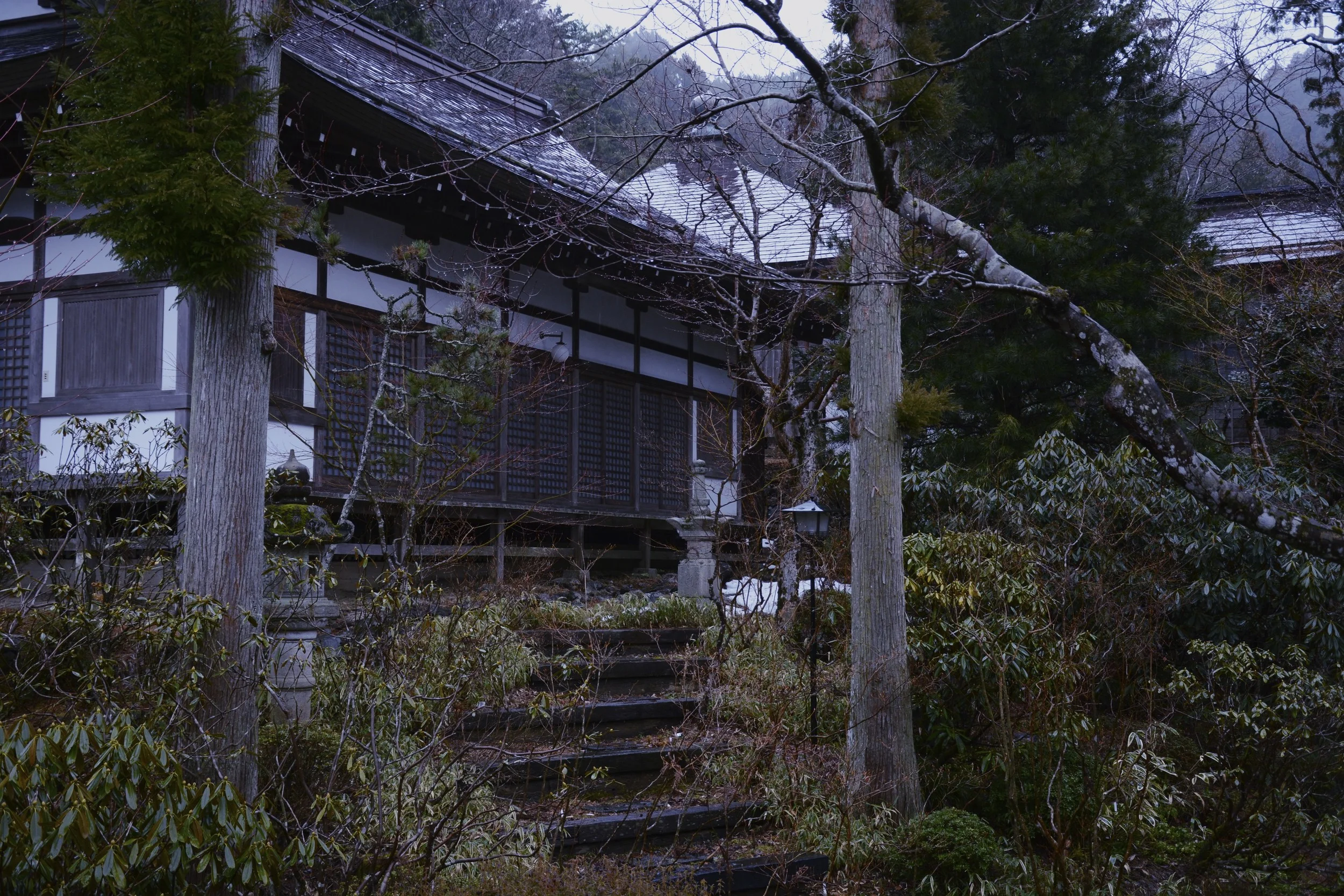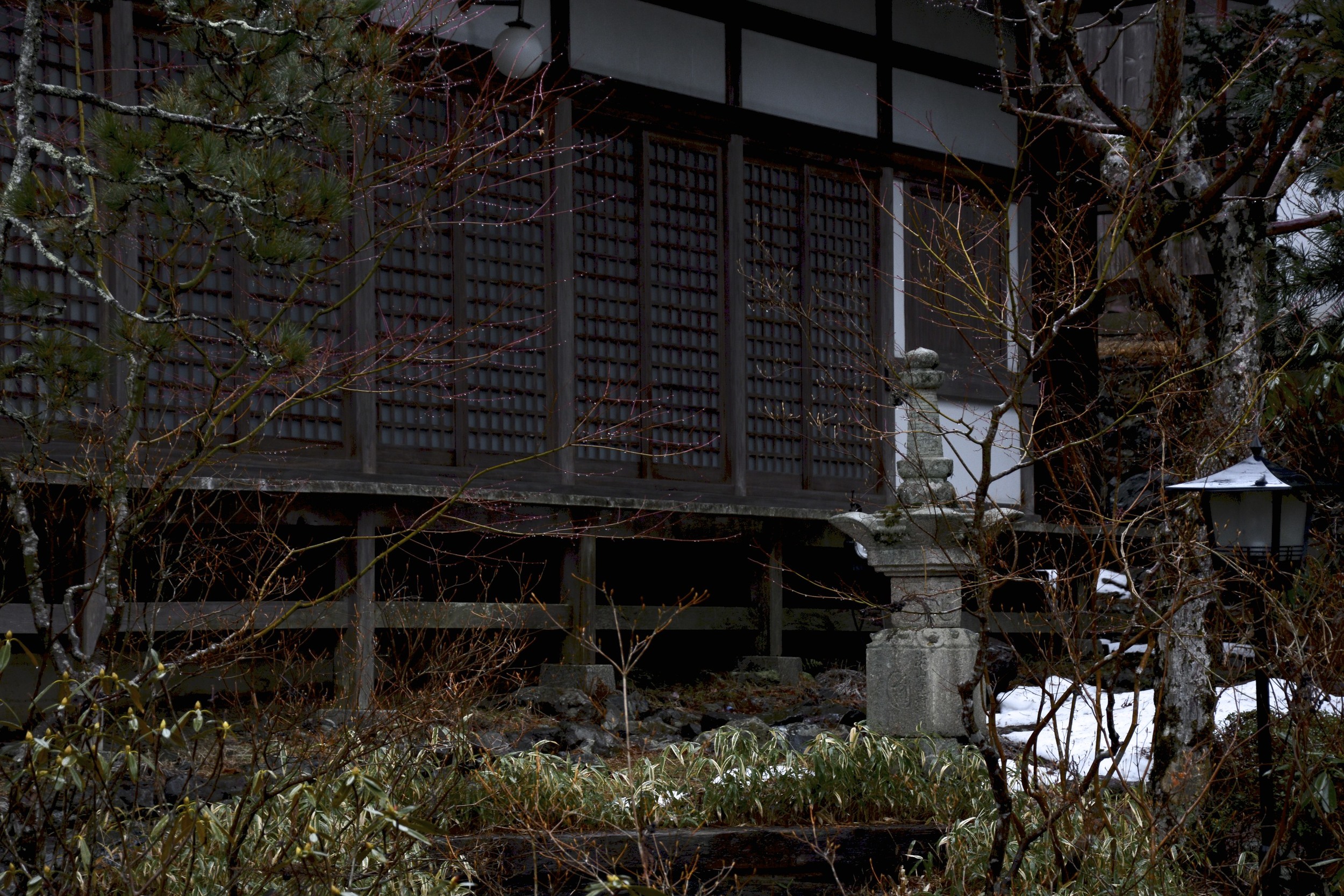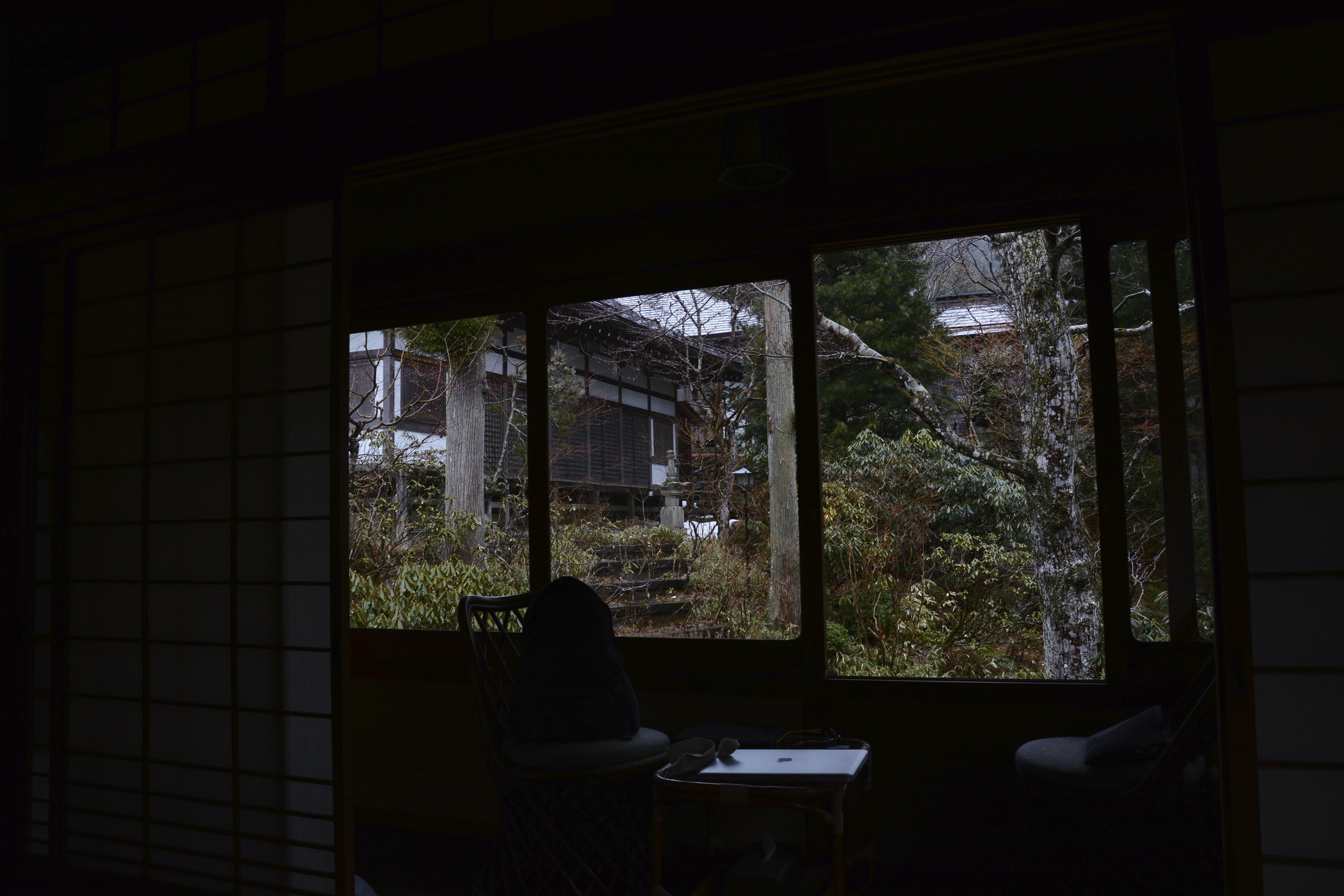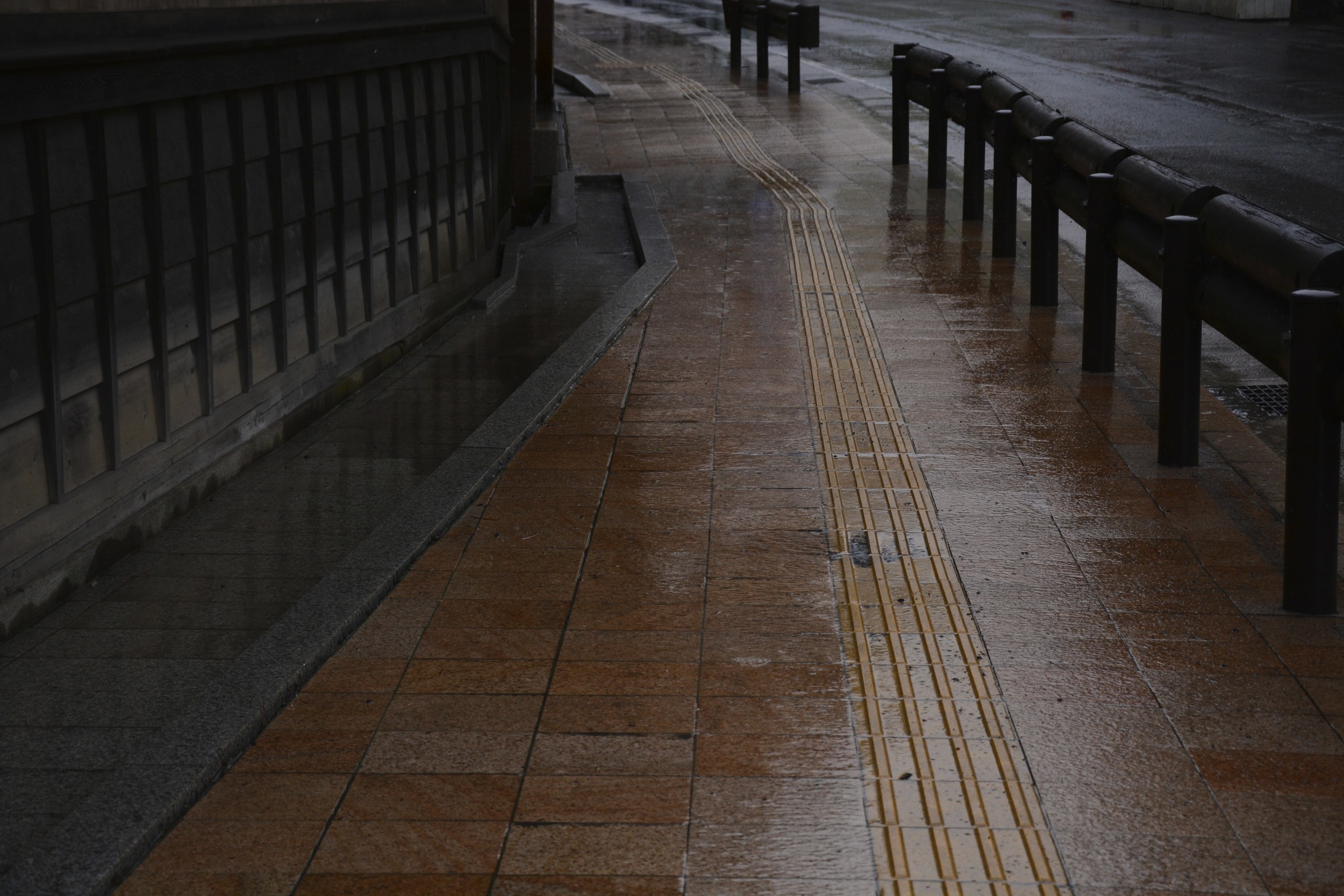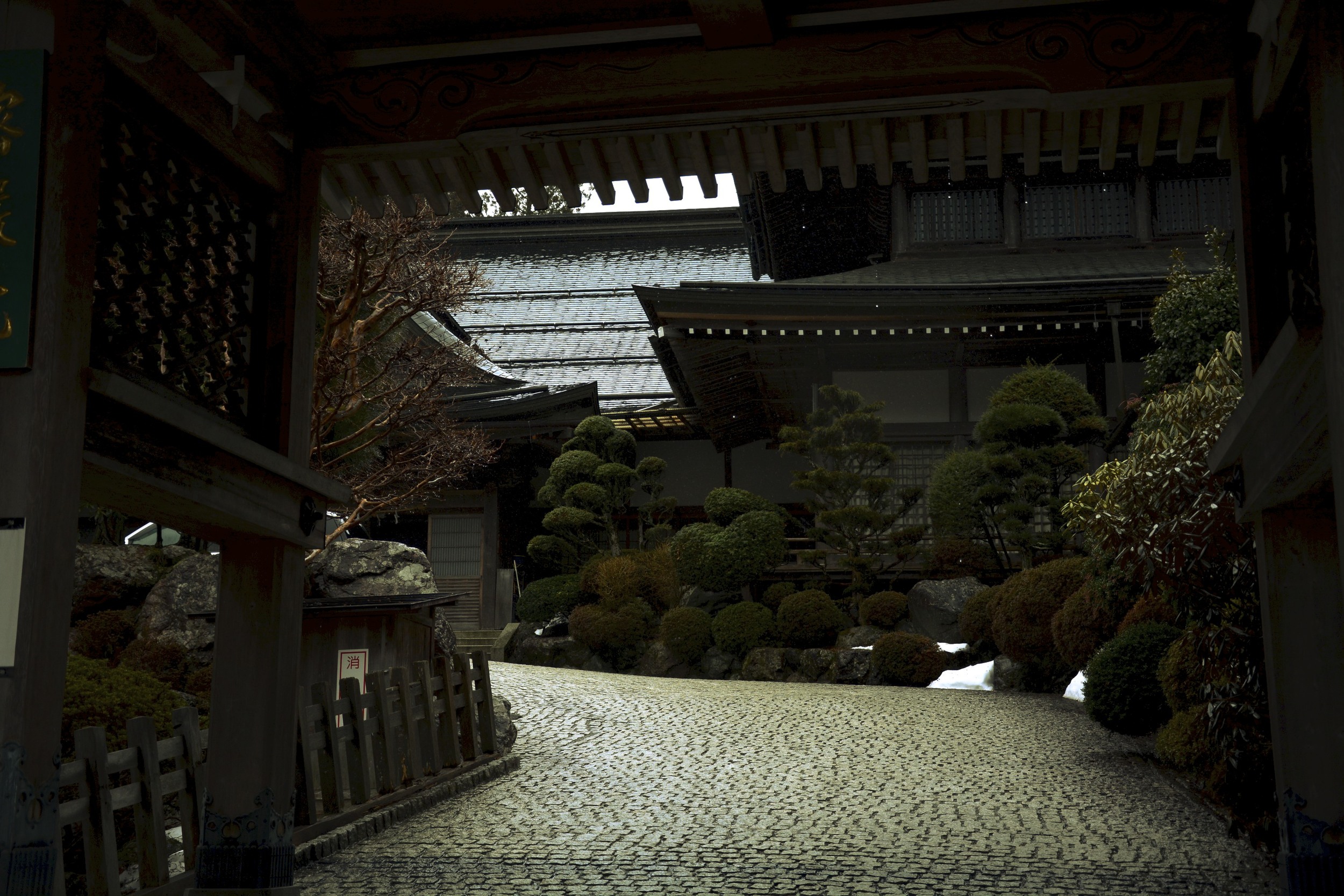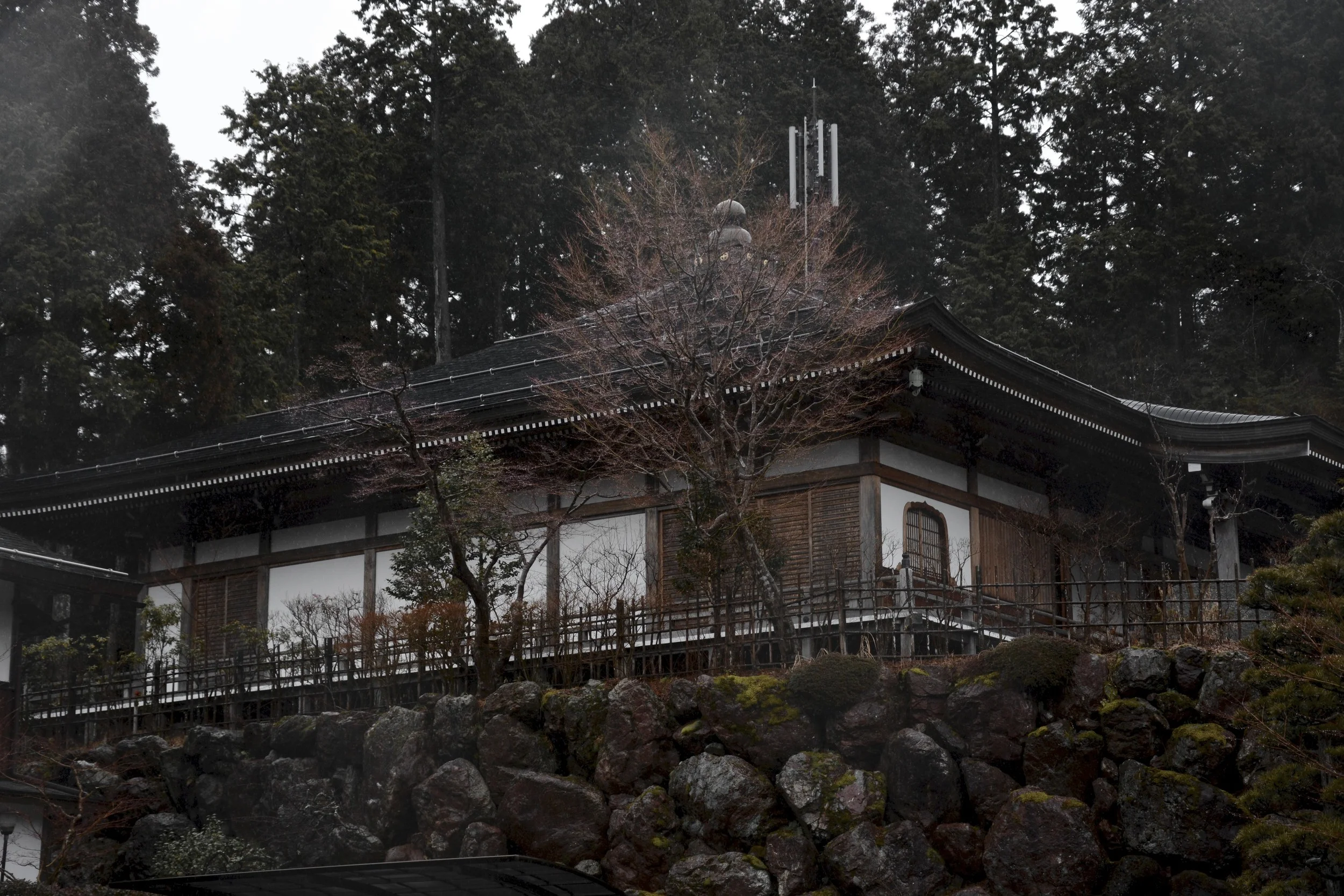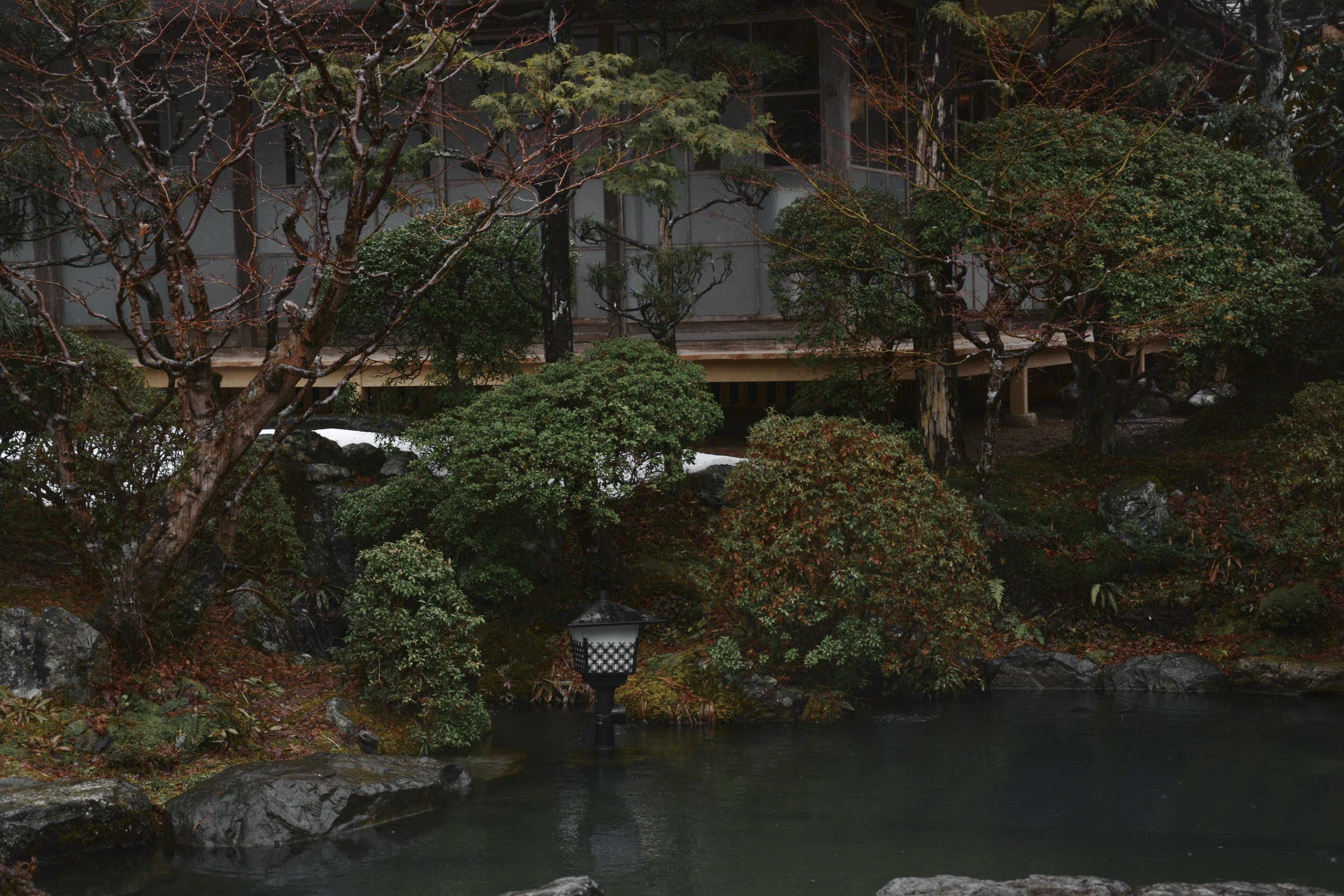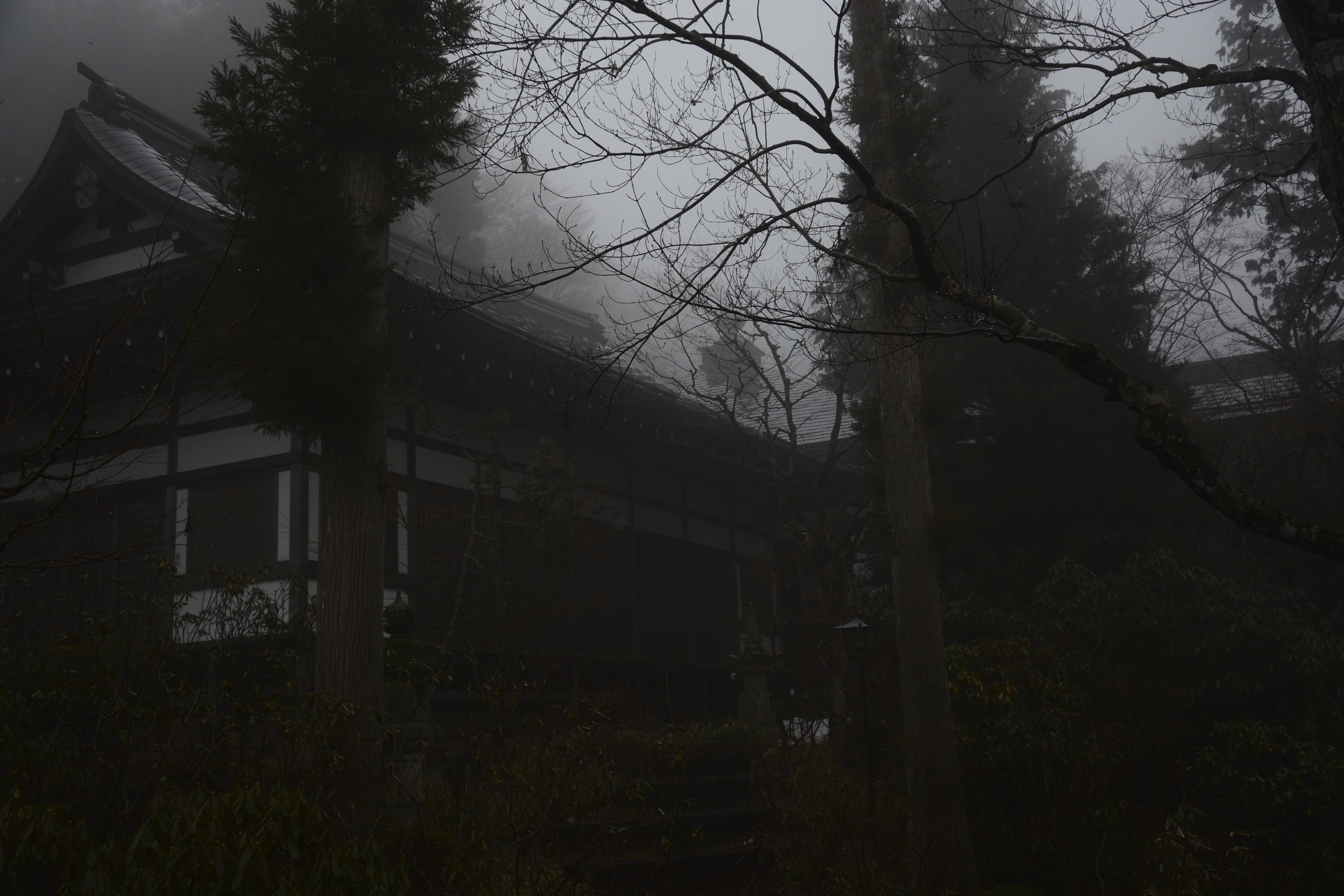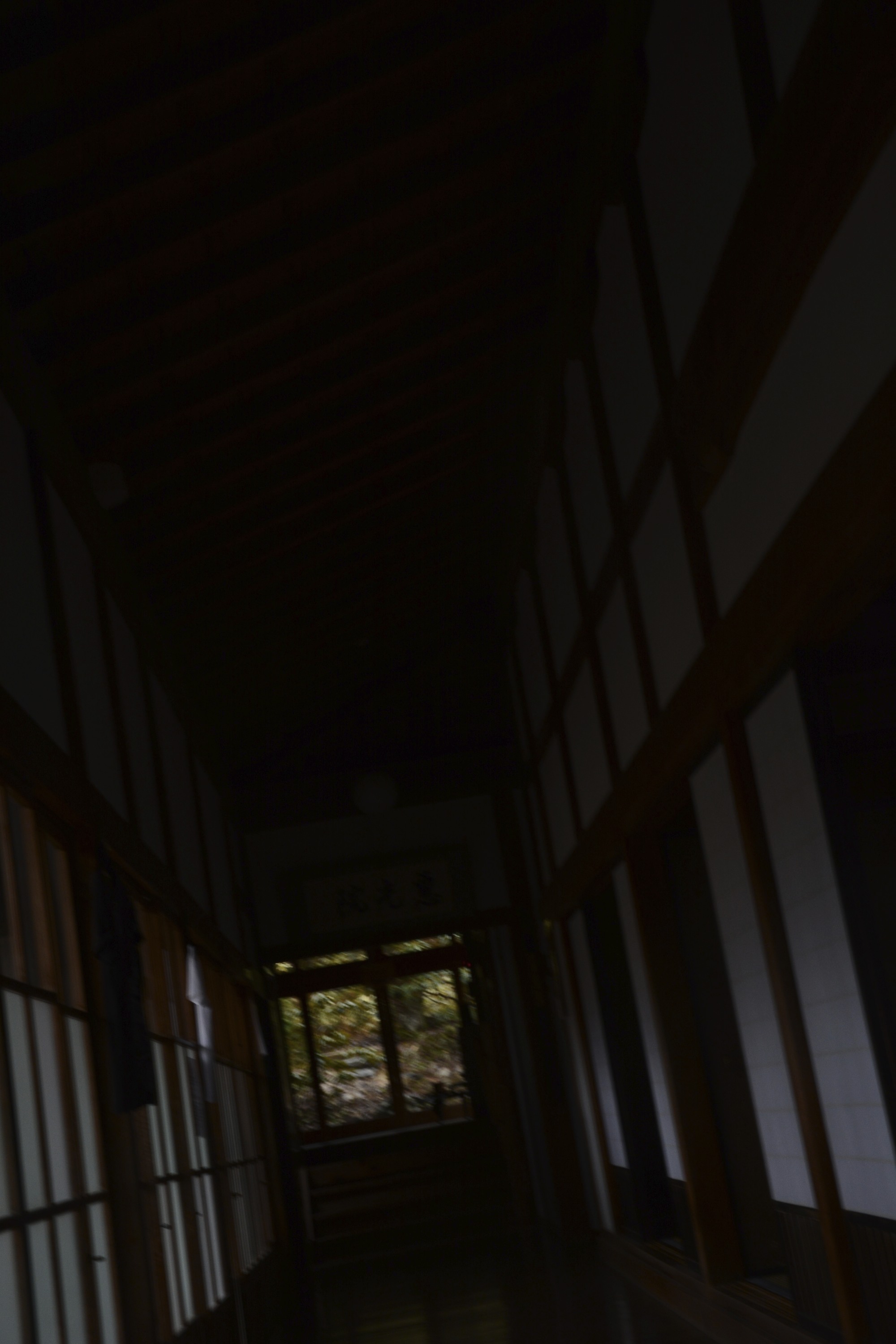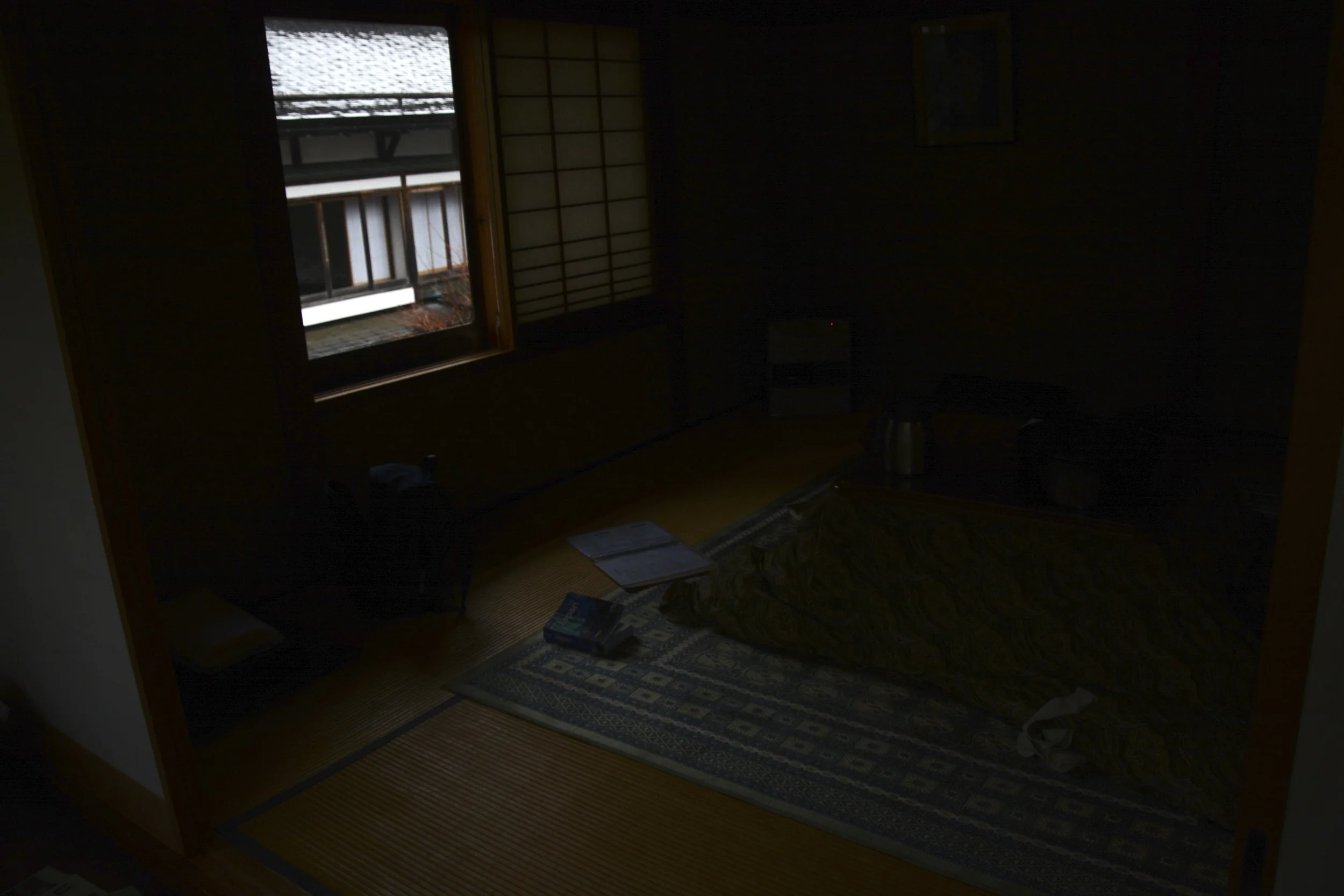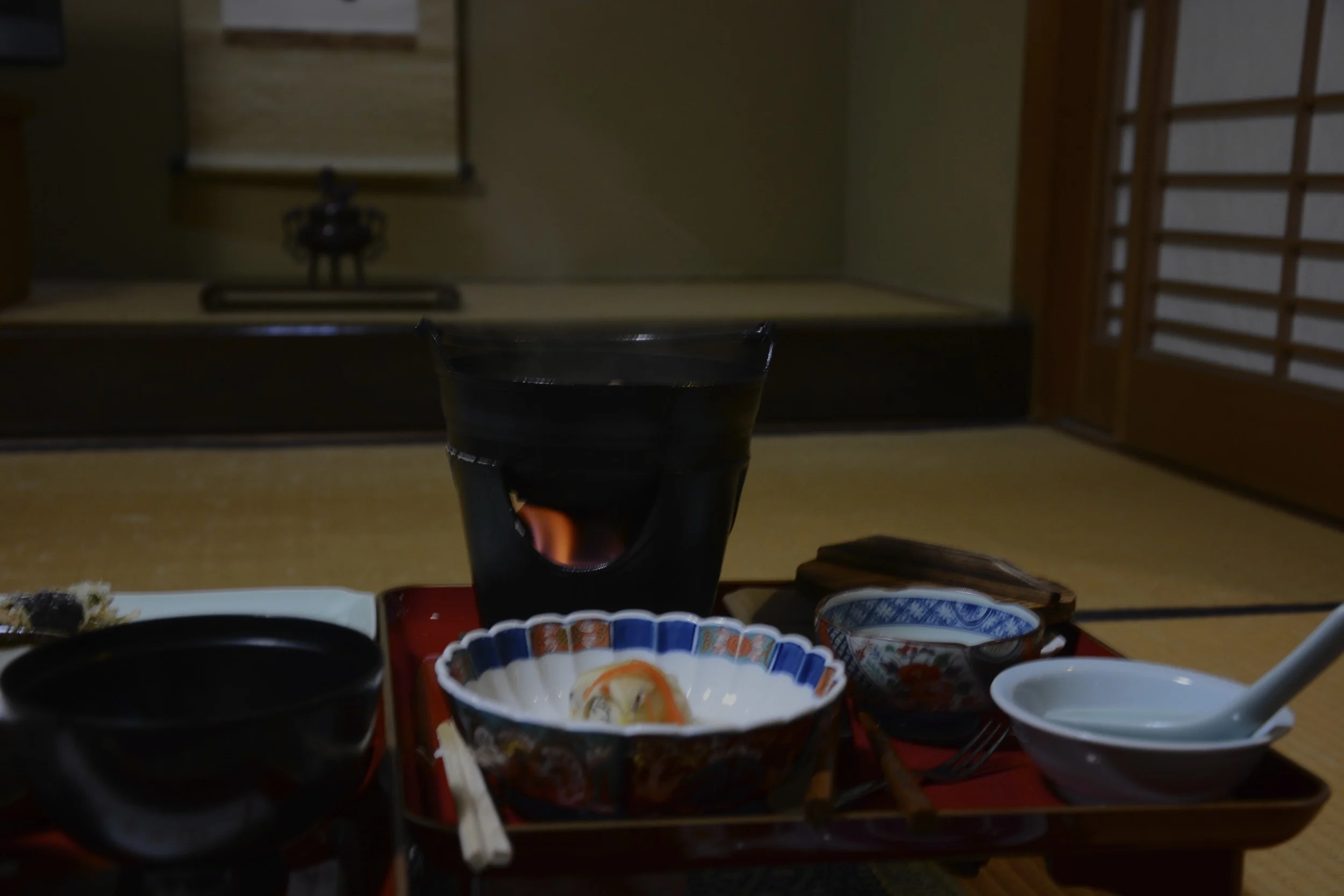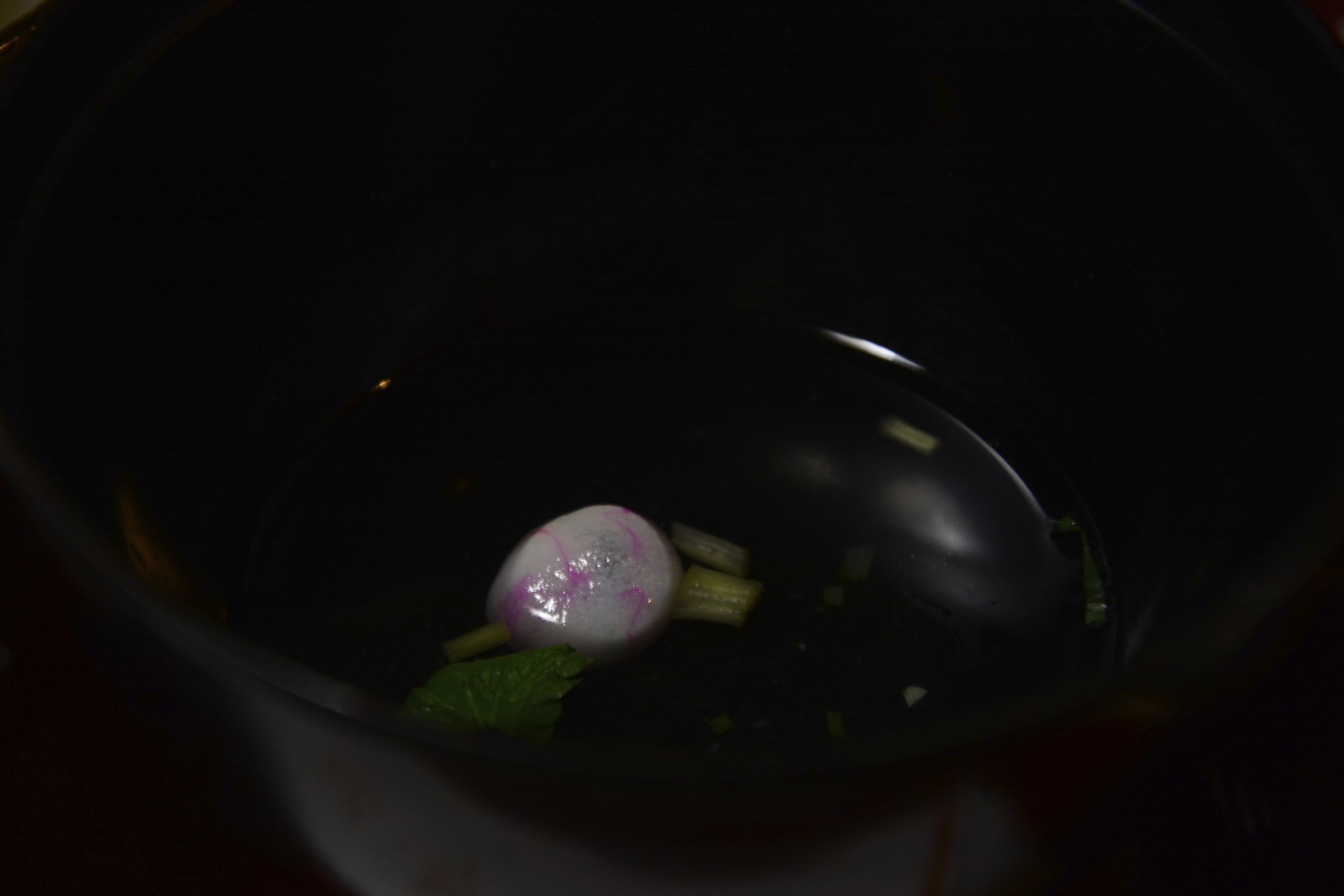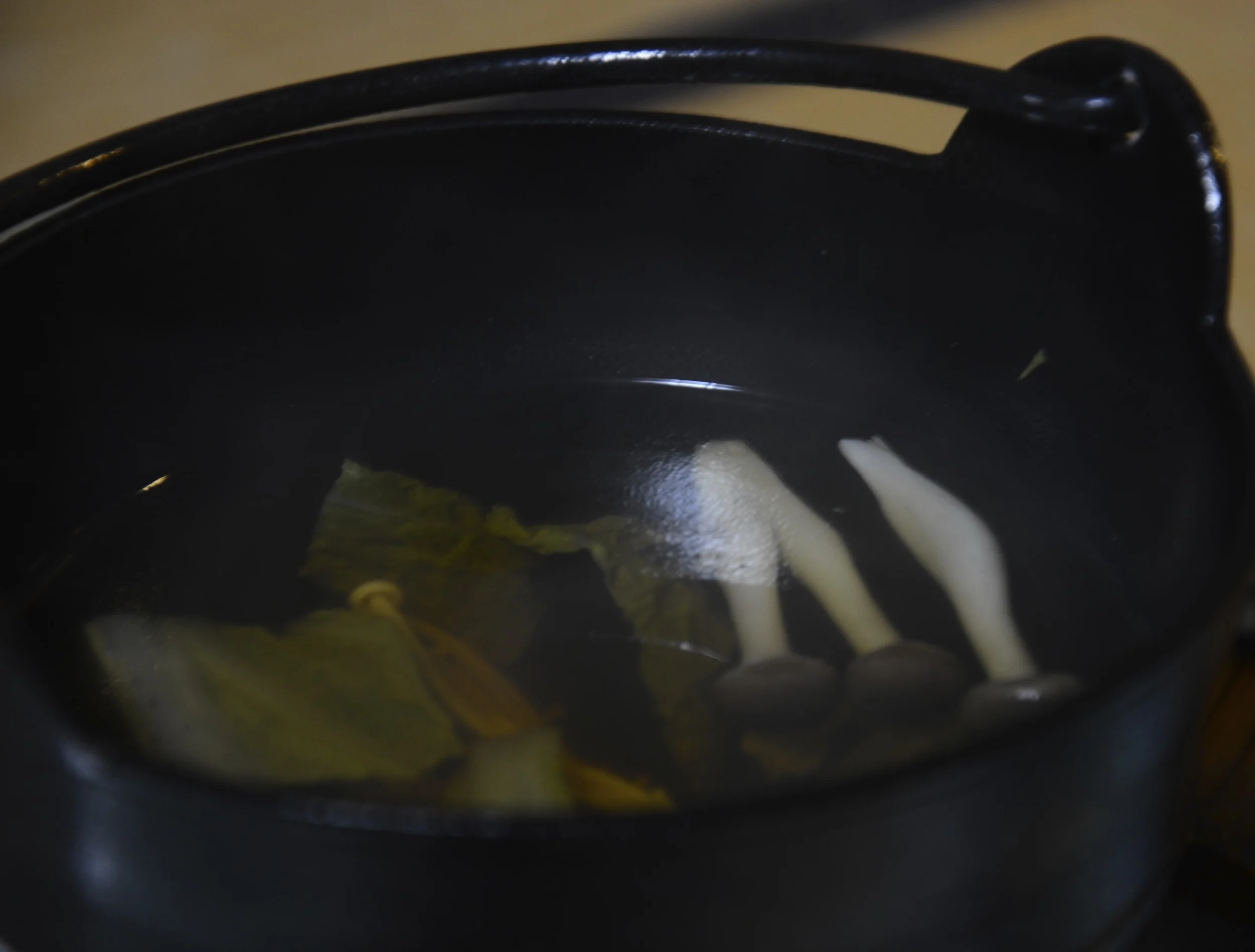missing JApan
Art Journal /
Japans female hi-stories , 1603–1629: Female kabuki
The earliest portrait of Izumo no Okuni, the founder of kabuki (1600s) photo©joannabodzek
First the sculpture called my attention then then the story, it is powerful standing there a bit hidden beside a tube station nearest to the Minamiza Kabuki theatre in Kyoto, possible the best Kabuki theter in Japan.
The history of kabuki began in 1603 when Izumo no Okuni, possibly a miko of Izumo Taisha, began performing a new style of dance drama in the dry riverbeds of Kyoto. Female performers played both men and women in comic playlets about ordinary life. The style was immediately popular, and Okuni was asked to perform before the Imperial Court. In the wake of such success, rival troupes quickly formed, and kabuki was born as ensemble dance and drama performed by women—a form very different from its modern incarnation. Much of its appeal in this era was due to the ribald, suggestive themes featured by many troupes; this appeal was further augmented by the fact that the performers were often also available for prostitution.
For this reason, kabuki was also called "遊女歌舞妓" (prostitute-singing and dancing performer) during this period.
The stage provided good entertainment with exciting new music, patterns, clothing, and famous actors. Performances went from morning until sunset. The teahouses surrounding or connected to the theater provided meals, refreshments, and good company. The area around the theatres was lush with shops selling kabuki souvenirs. Kabuki, in a sense, initiated pop culture in Japan.
The shogunate was never partial to kabuki and all the mischief it brought, particularly the variety of the social classes which mixed at kabuki performances. Women’s kabuki, called onna-kabuki, was banned in 1629 for being too erotic. Following onna-kabuki, young boys performed in wakashū-kabuki, but since they too were eligible for prostitution, the shogun government soon banned wakashū-kabuki as well.
Kabuki switched to adult male actors, called yaro-kabuki, in the mid-1600s. Male actors played both female and male characters. The theatre remained popular, and remained a focus of urban lifestyle until modern times.
Duck on rice for dinner
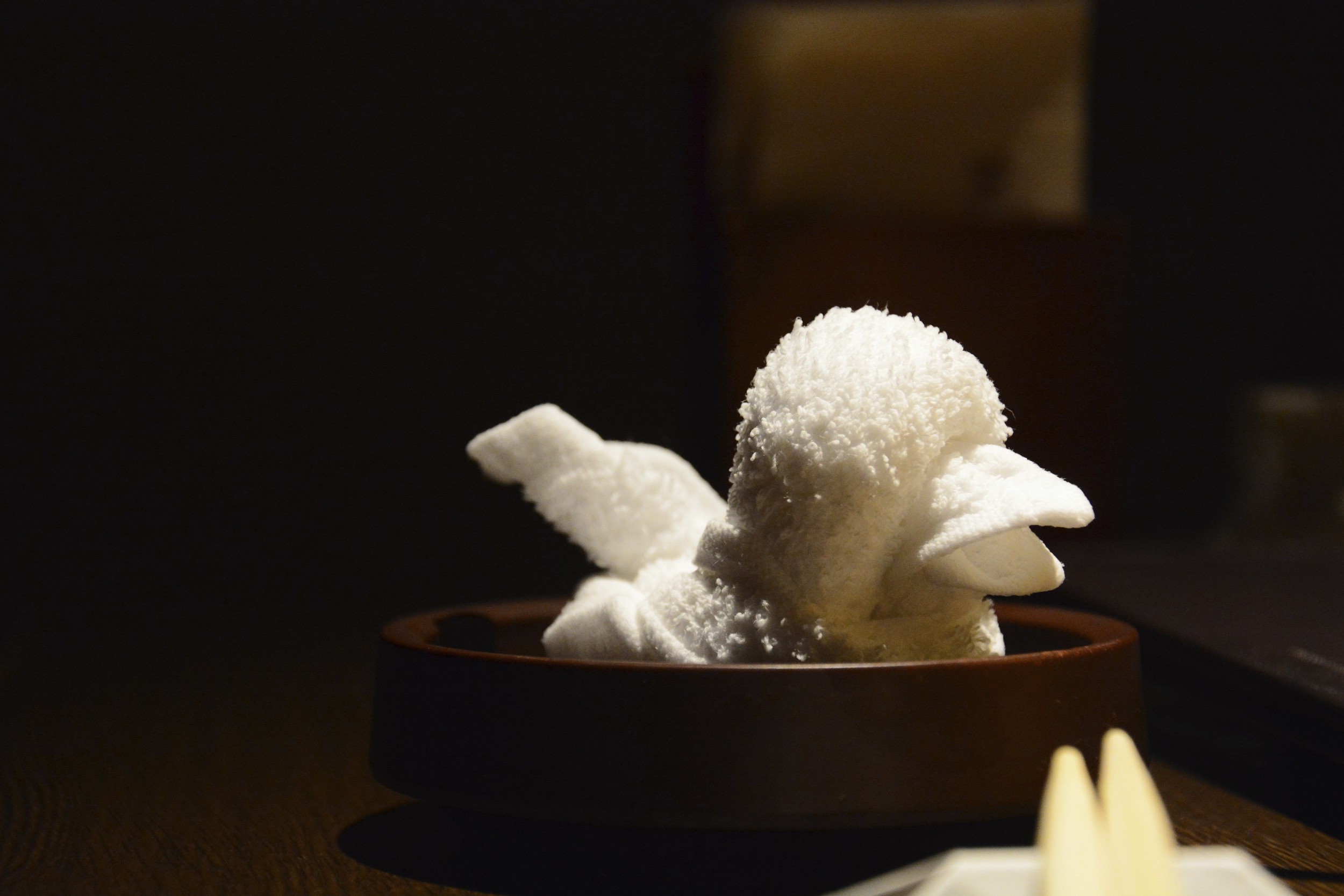
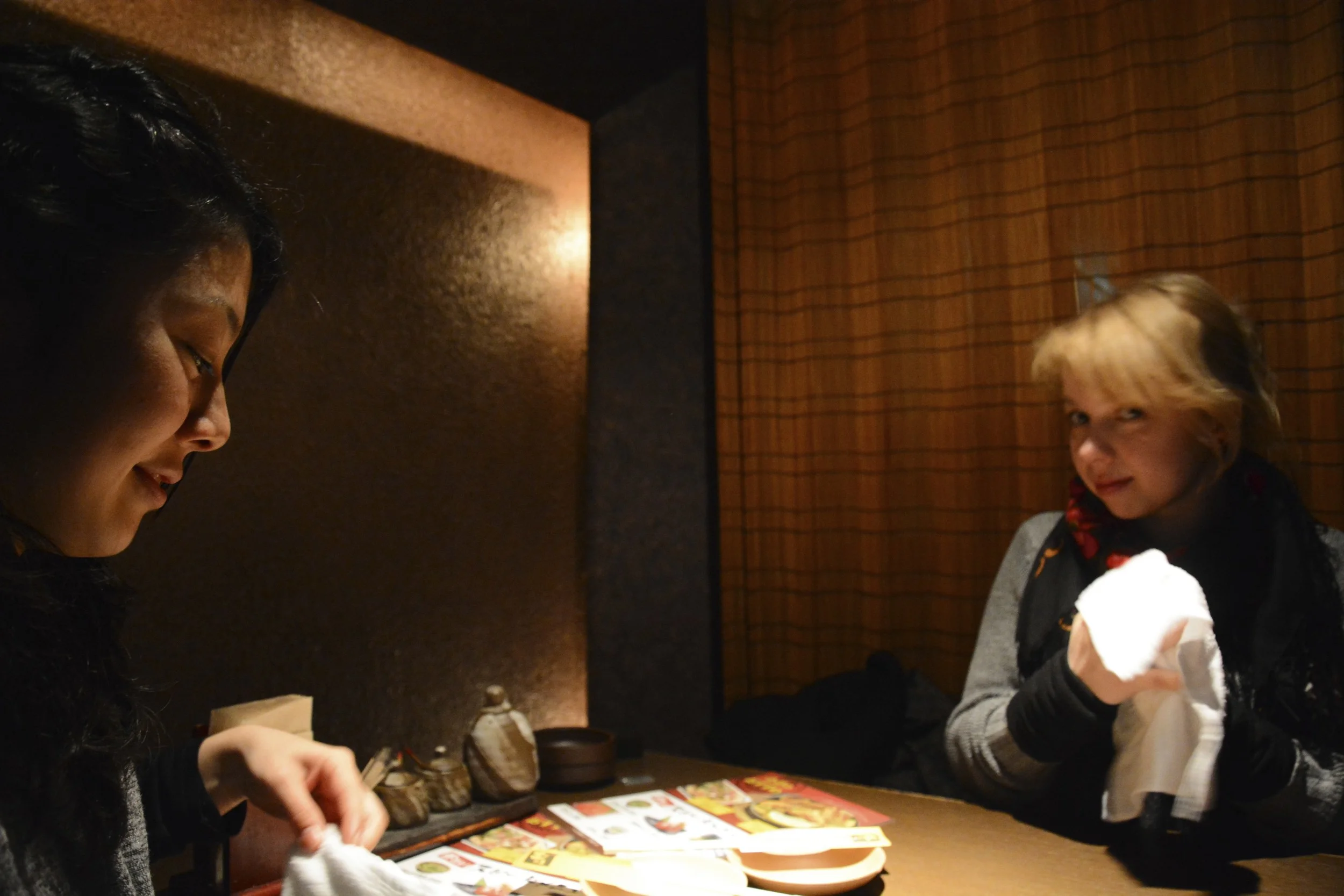
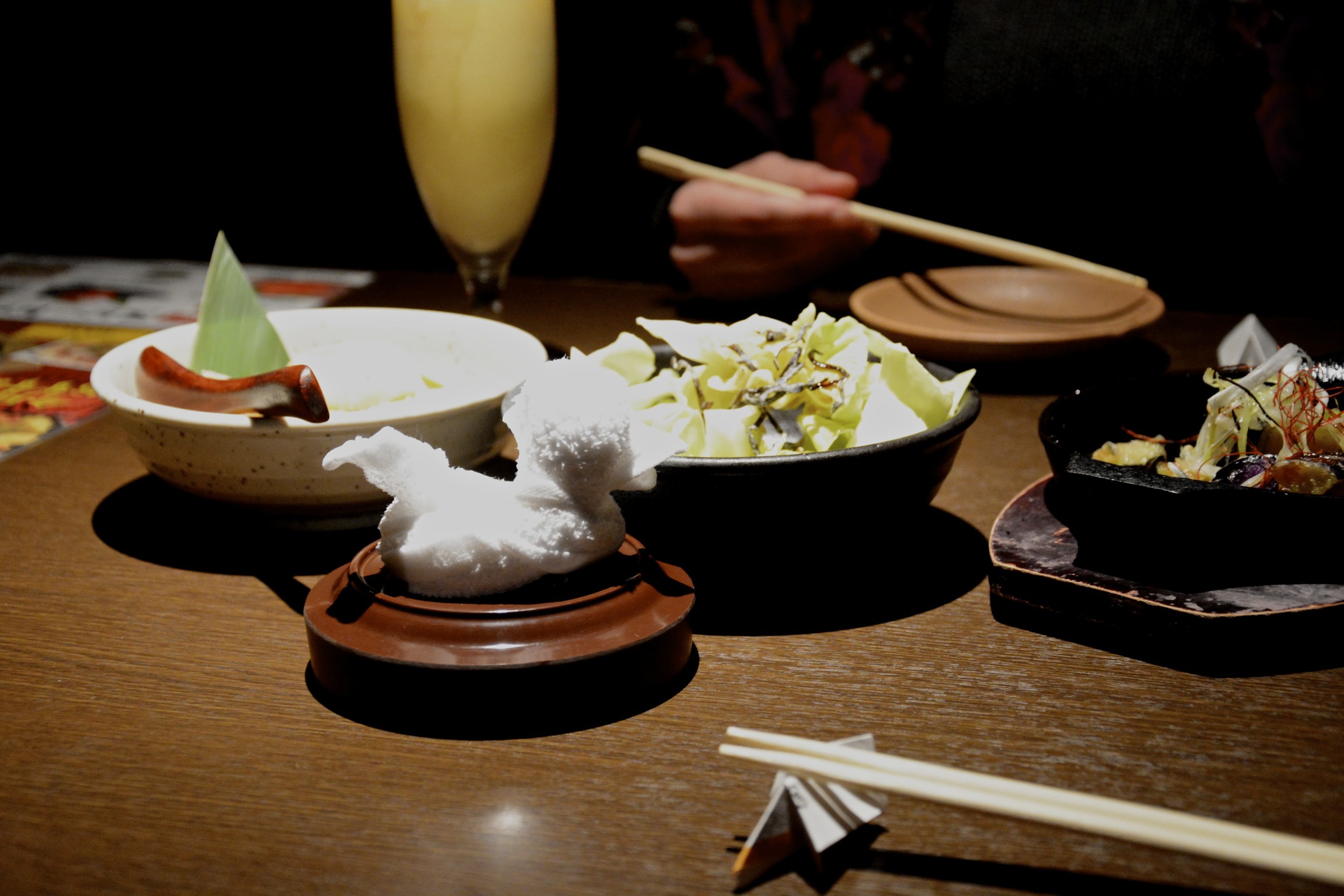
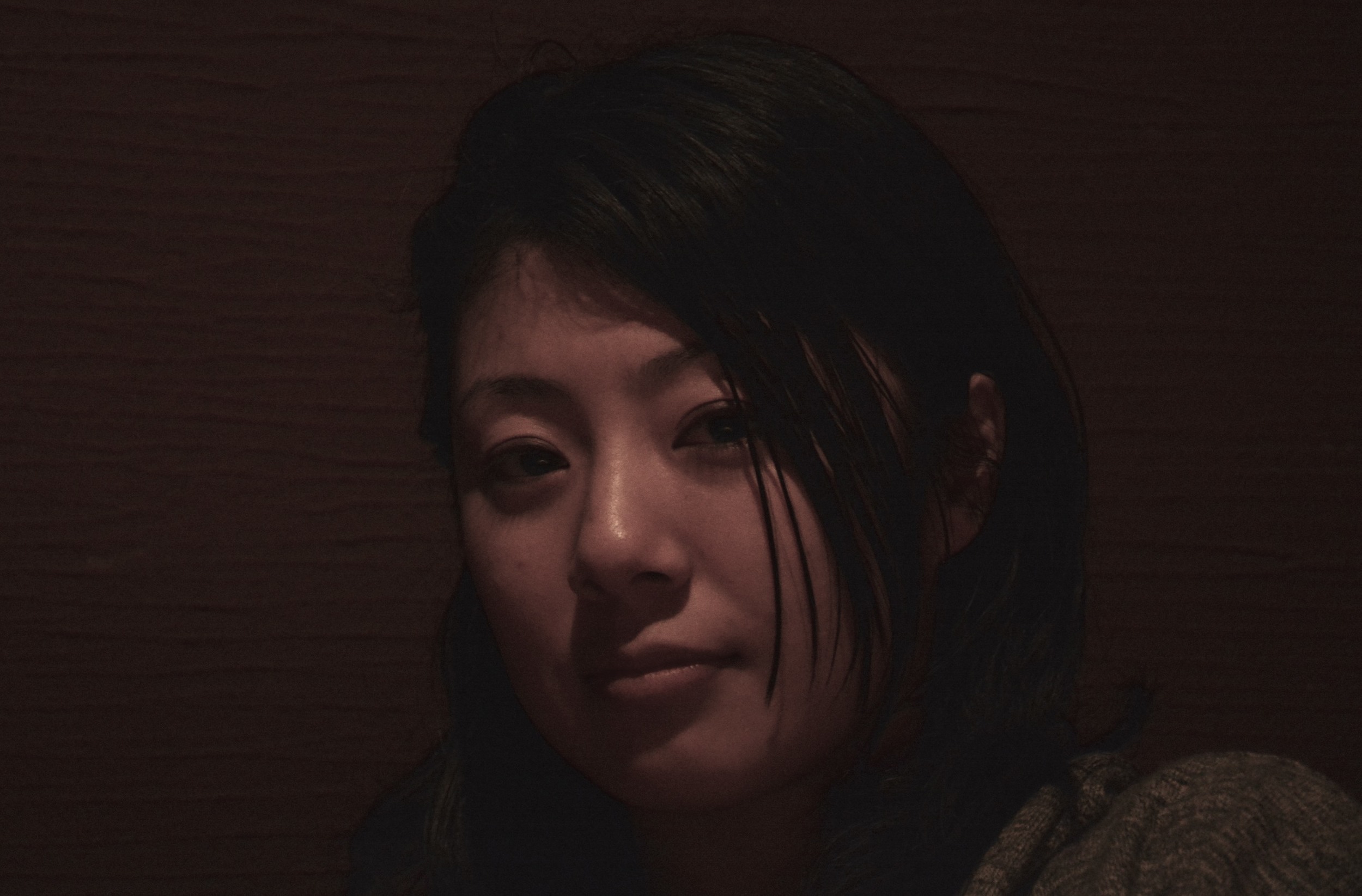
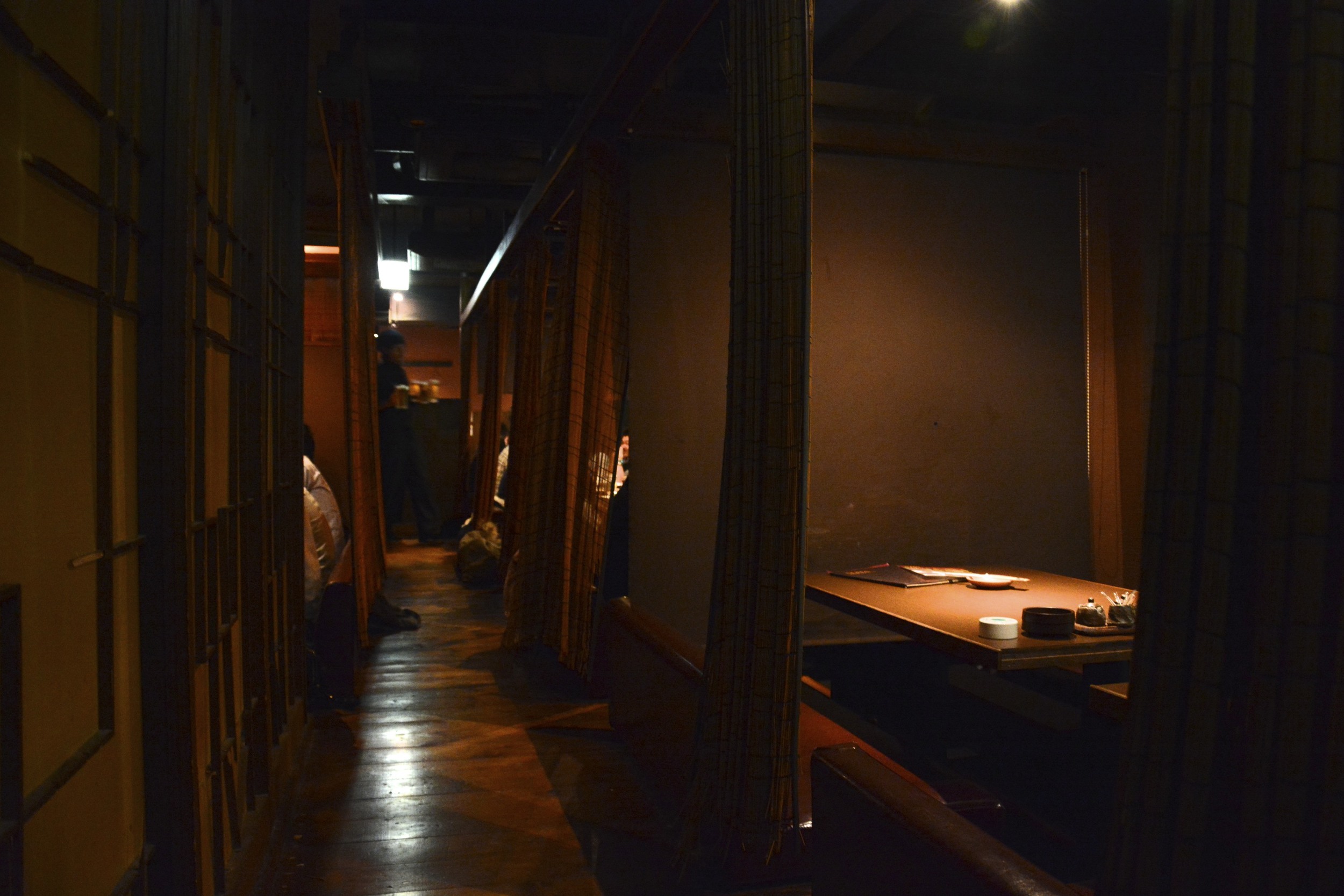
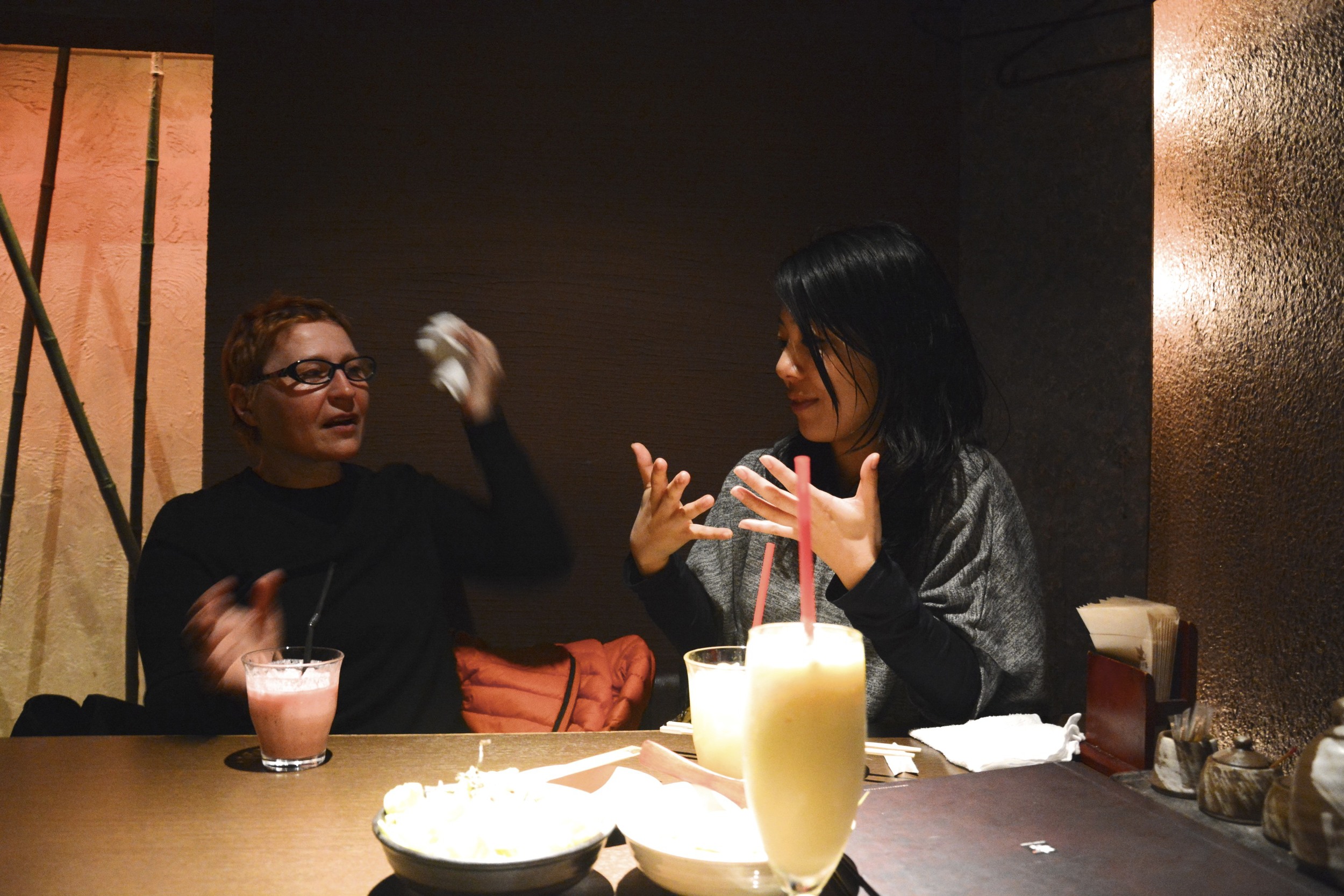

Exploring Kyotos night life we had free chips at mac donald and duck on rice at the very cool some kind of bar-bar, she made the duck in 1 minute and it became an instant pet.. when we left i almost missed it, it was a strange full moon night of fulfilled wishes in a strange way..
First morning in Kyoto
First evening in Kyoto
Of to Gion
i was sitting there for a while
Bon An Sha in Koyasan .. organic vegetarian and gluten free caf
Owning a tea cup
I was walking among Buddhas in napkins...
Woman was not allowed to enter area of Koyasan temples for centuries
only for about last 150 years we- woman can enter Koyasan..all temples here are 1200 years old
Now I am sleeping at a temple and have television in my room, there is sign that say "gentleman" on one door and "woman" on the other it leeds to the hot baths..
.. before there was 1200 temples here..
woman were allow to pray…outside the gates of the mountains, they could come to the outside of the plato and walk around and pray.. this paths are called Ladys walks.. not because they are easy.. today hikers use this "walks".
I will go one ladies walk tomorrow… i want to feel how it was to be left outside in the forrest in the freezing cold to pray.
In Tokyo
Still zombienized in the mornings.. sleepwalking i went to Tokyo Art Center it was hundreds of graduating students work on display.. such a feast so much emerging talents… i did not realized when 3 hours went.. i hope to go there again before i live.
Art work from the final exhibition at the Tokyo Art Center, a greg place to visit


